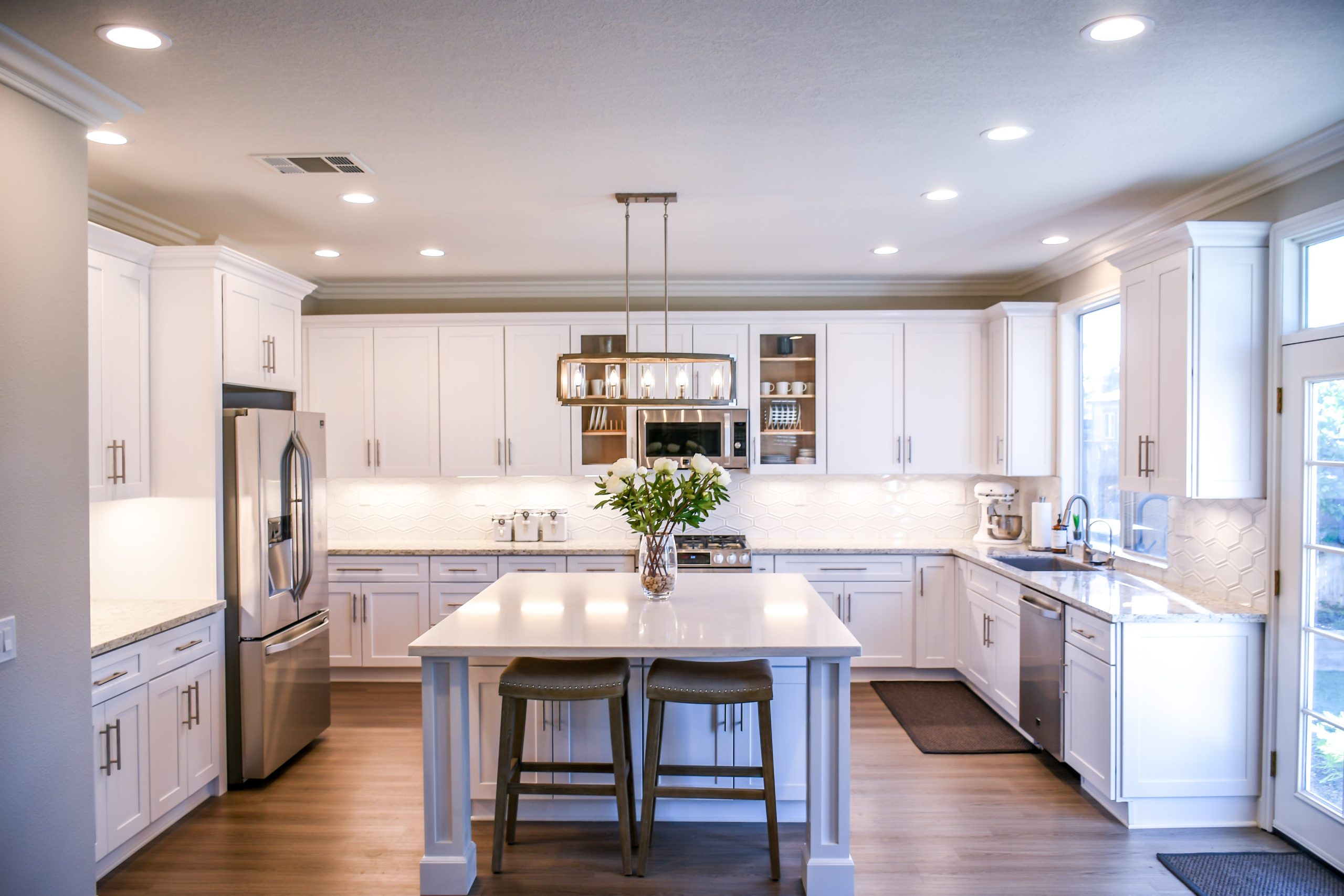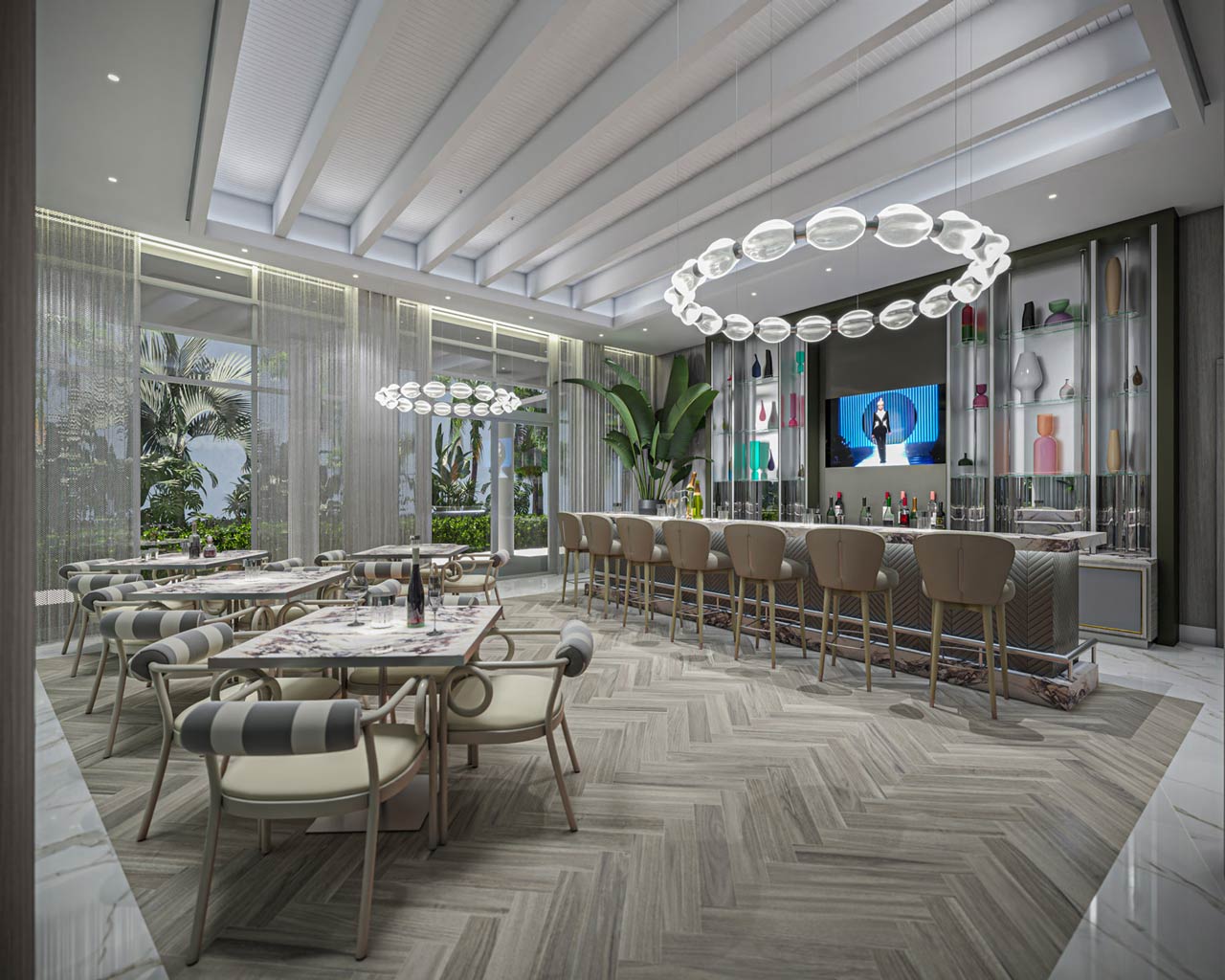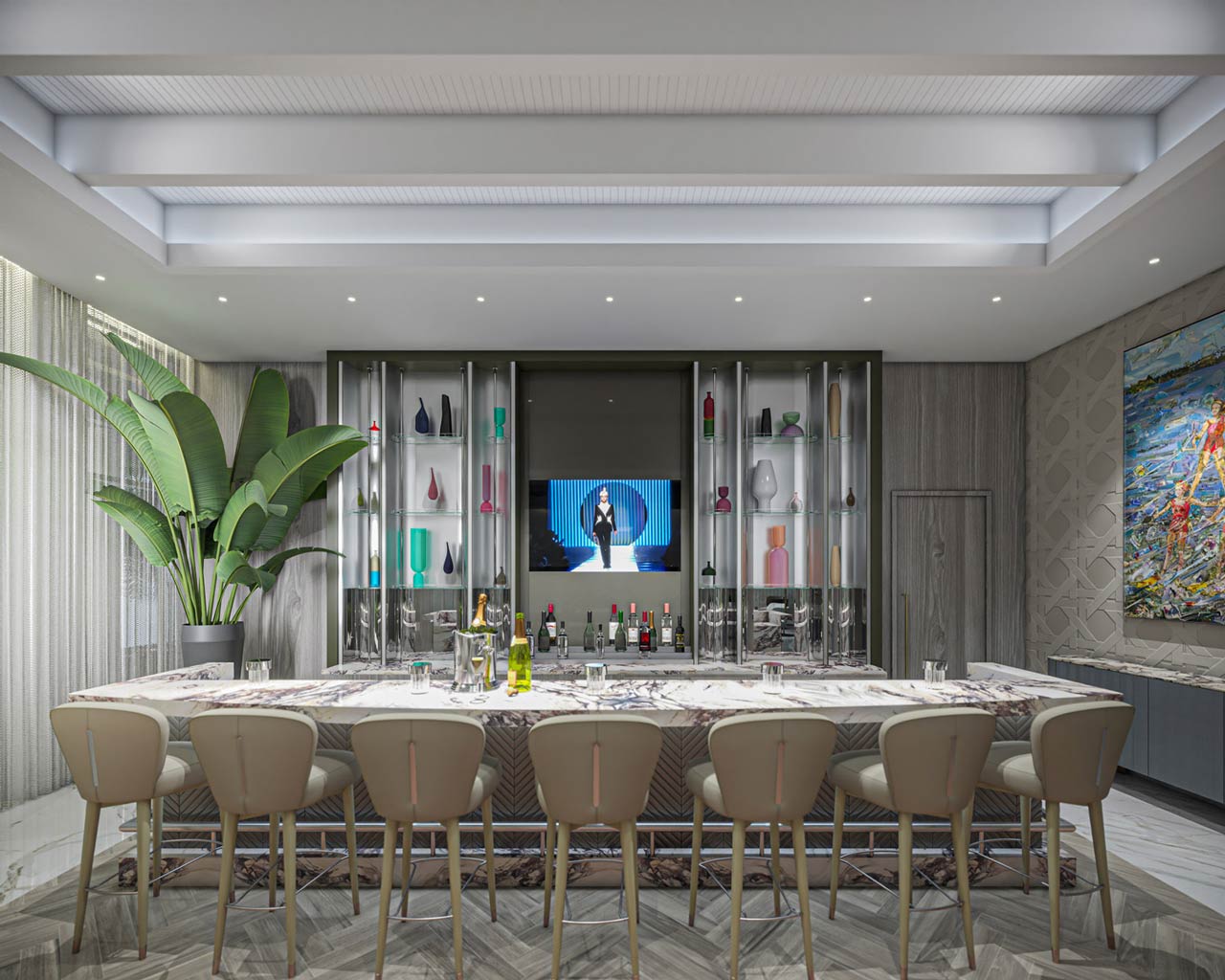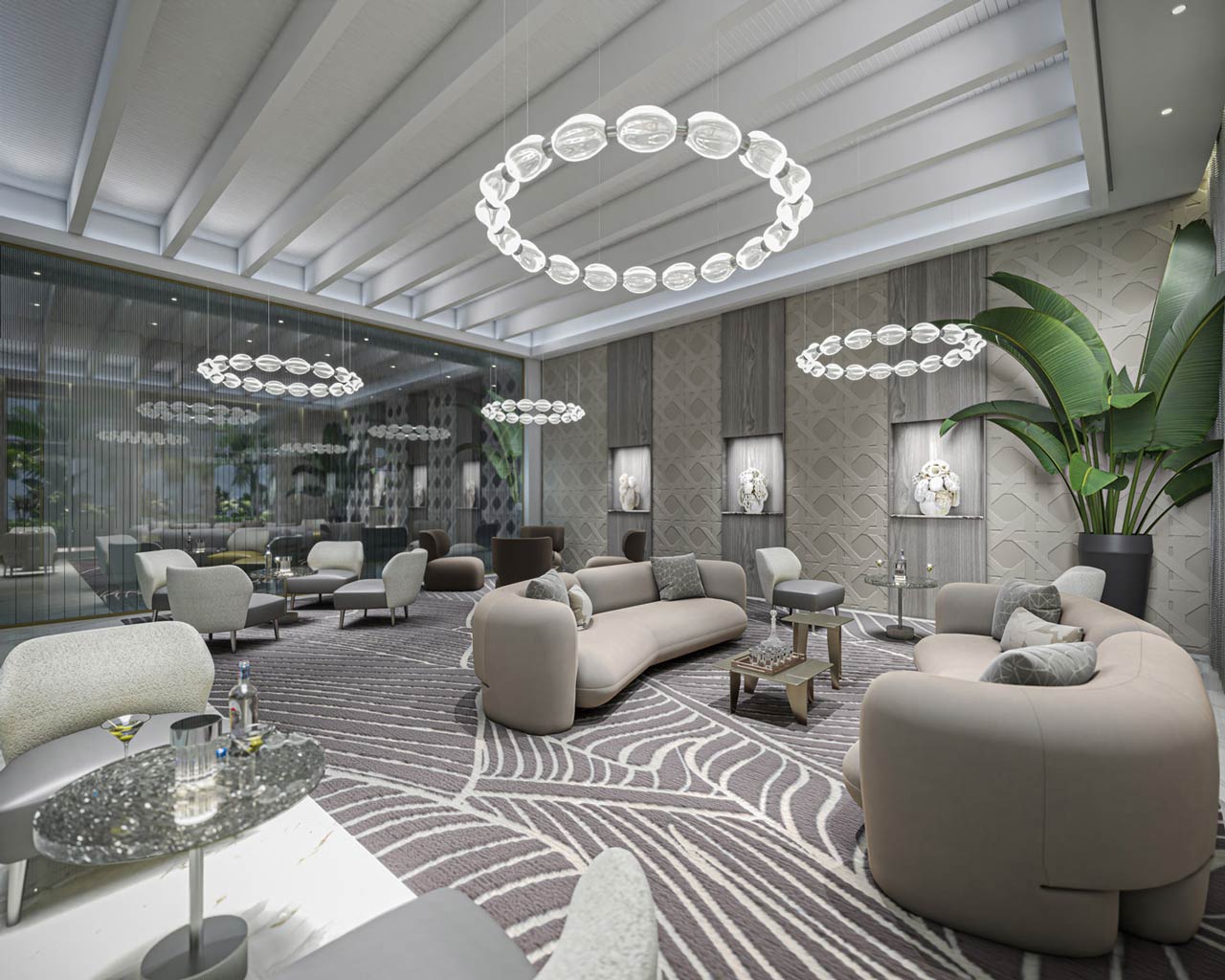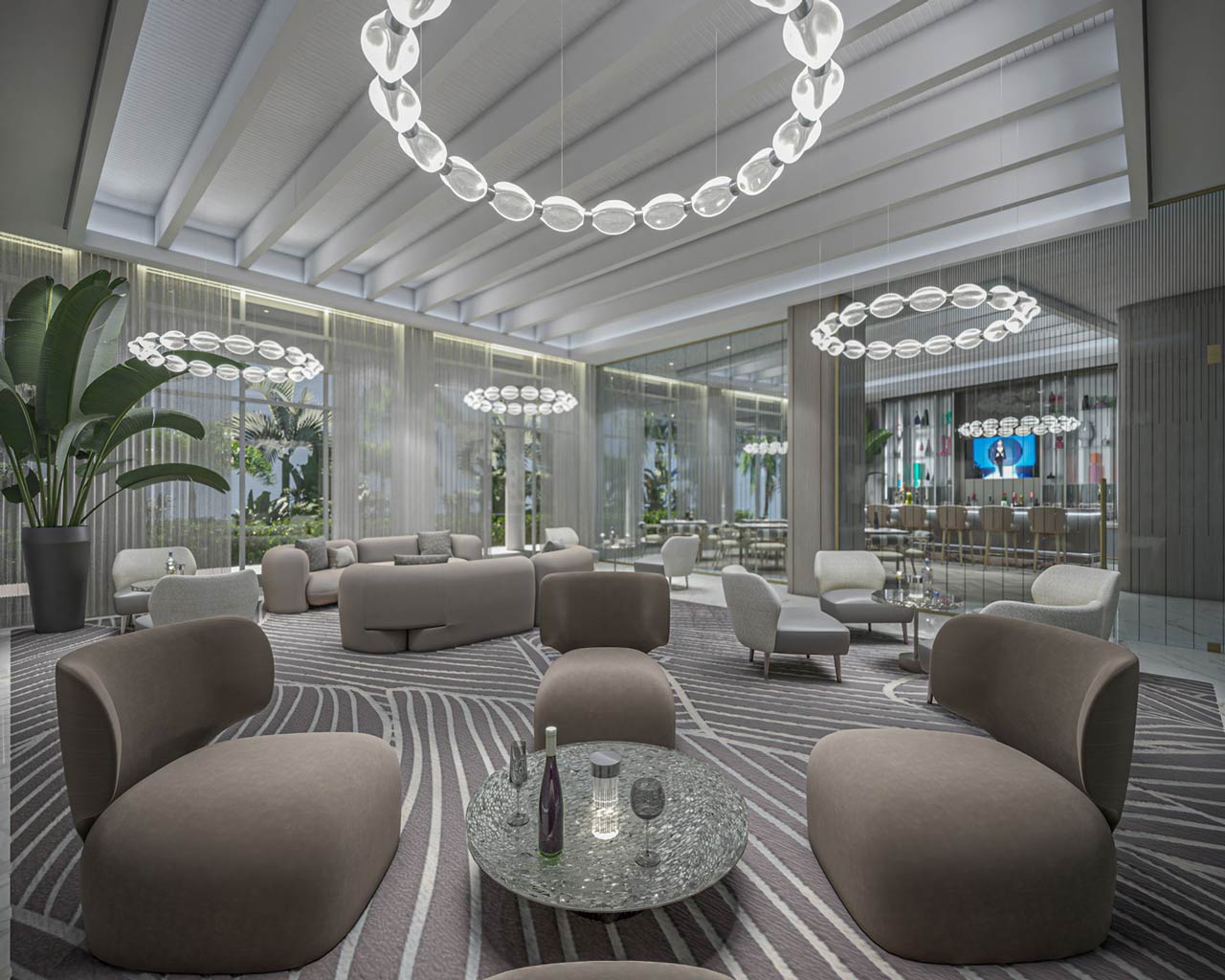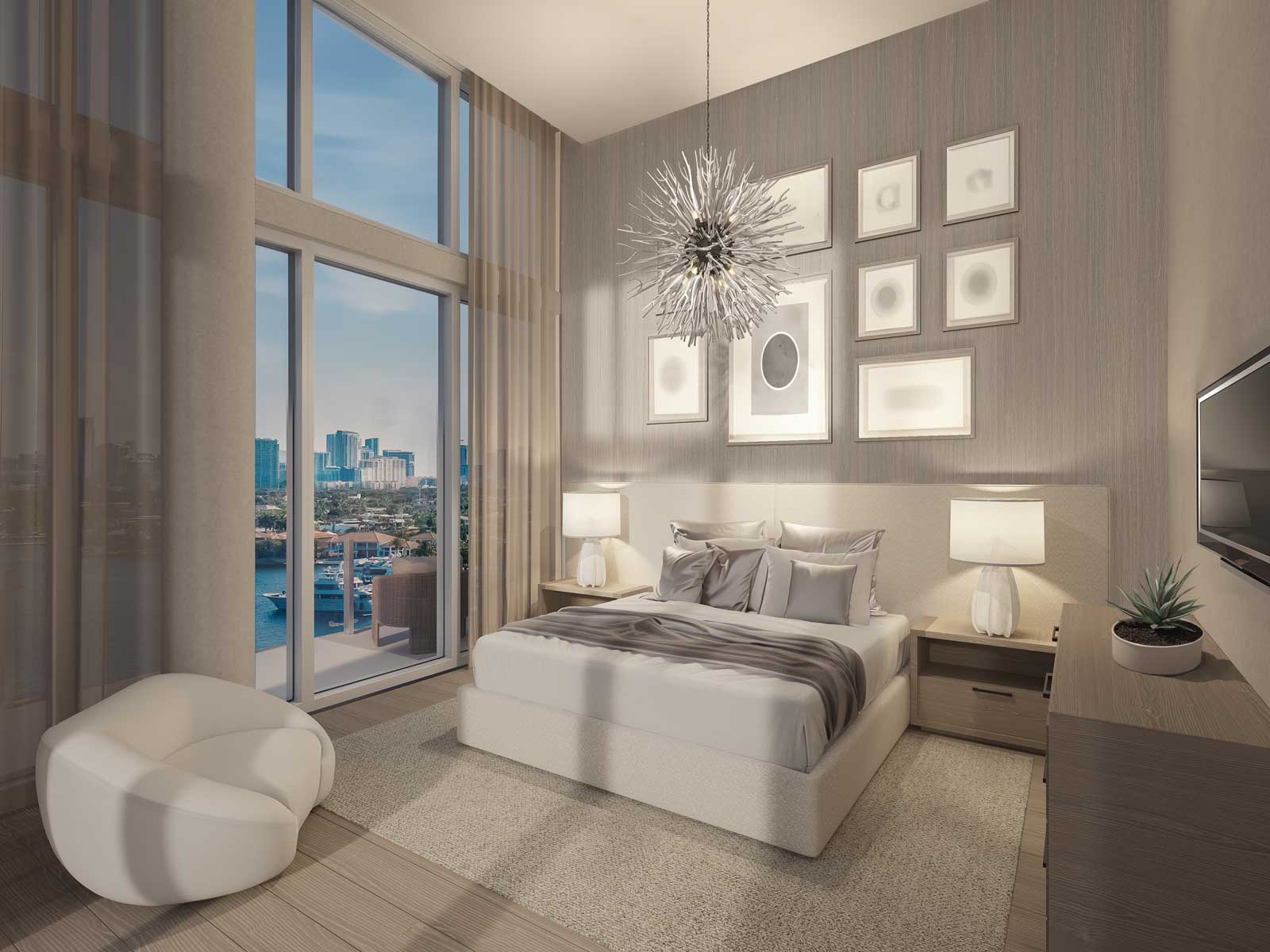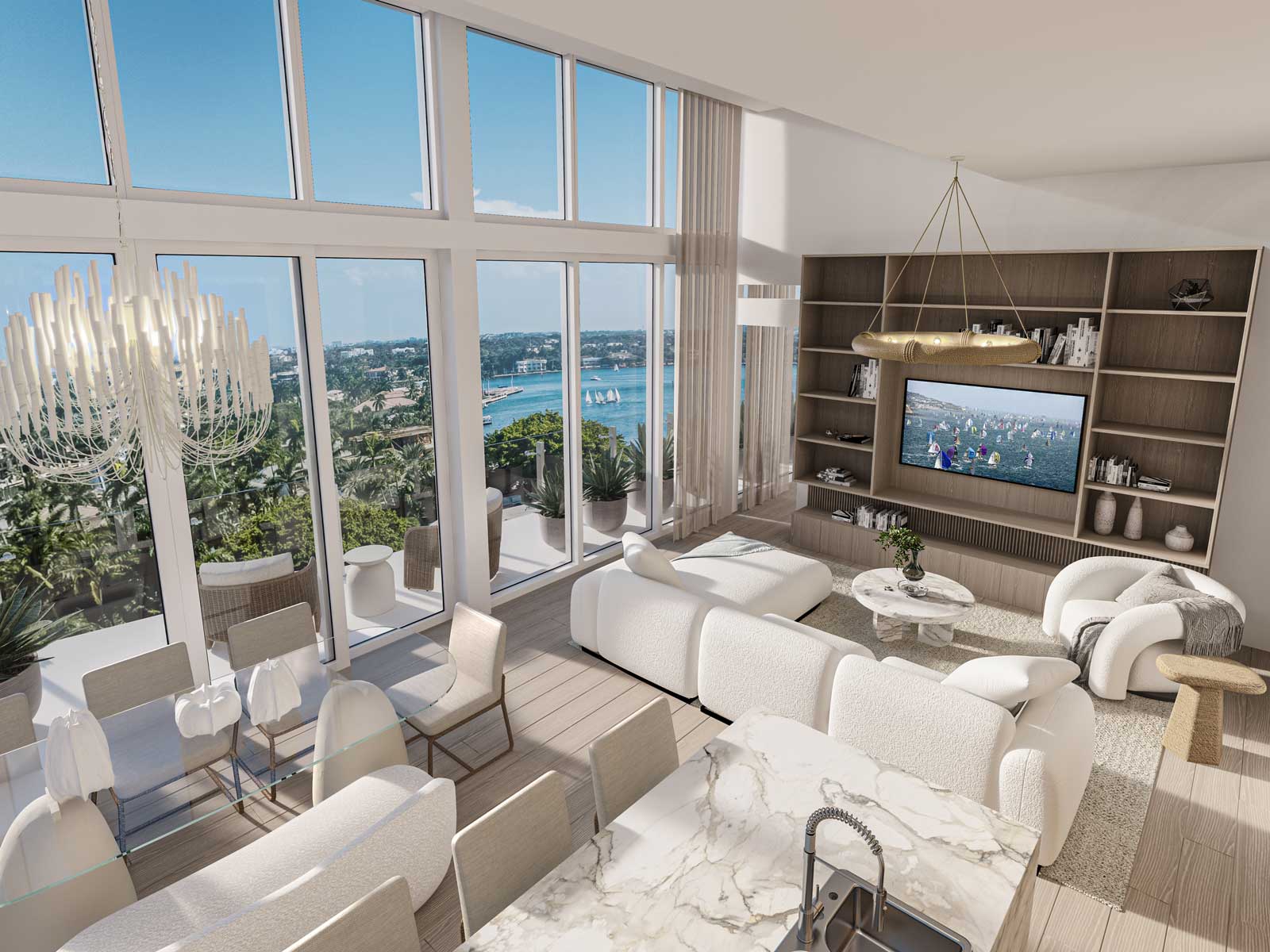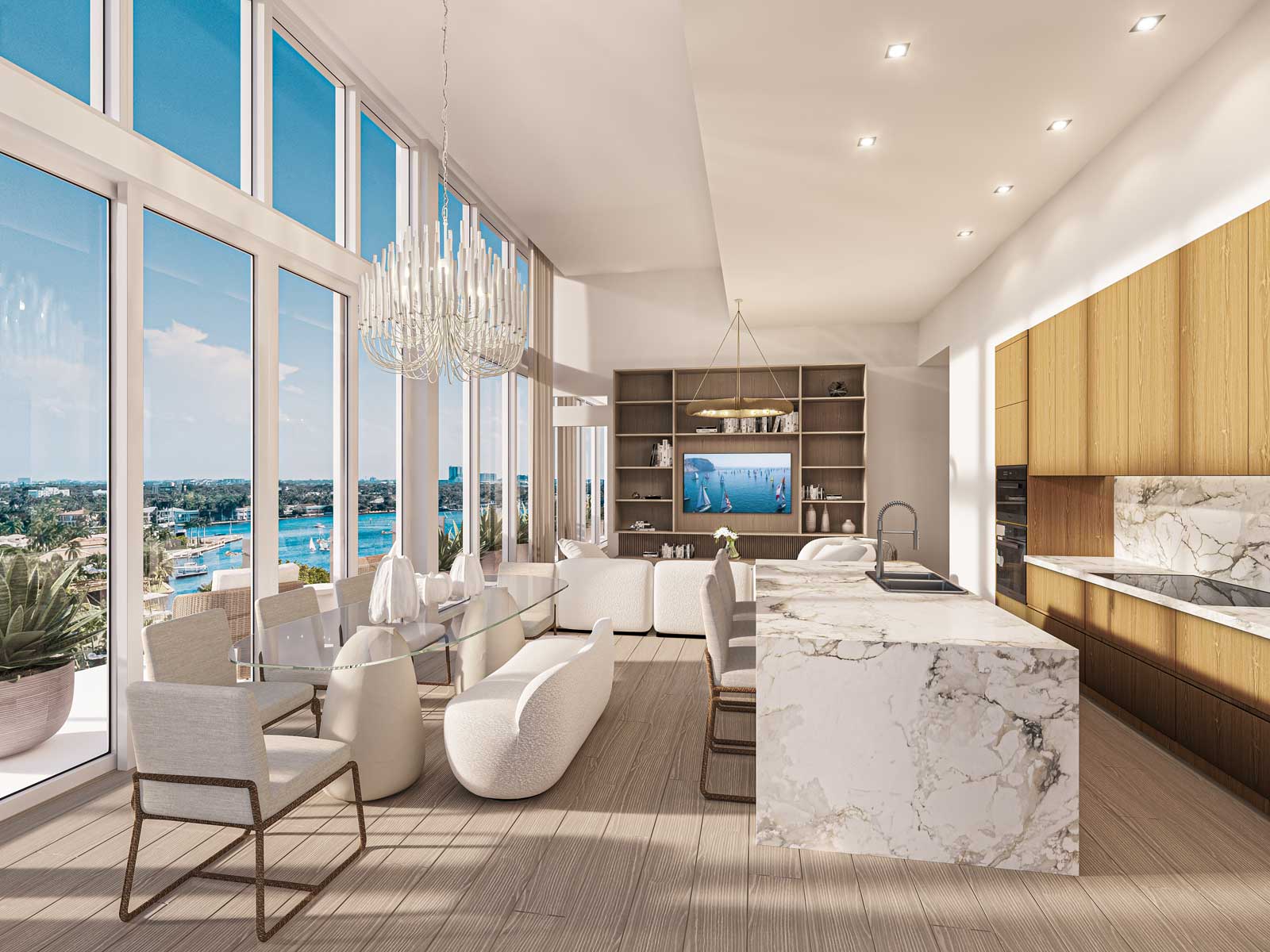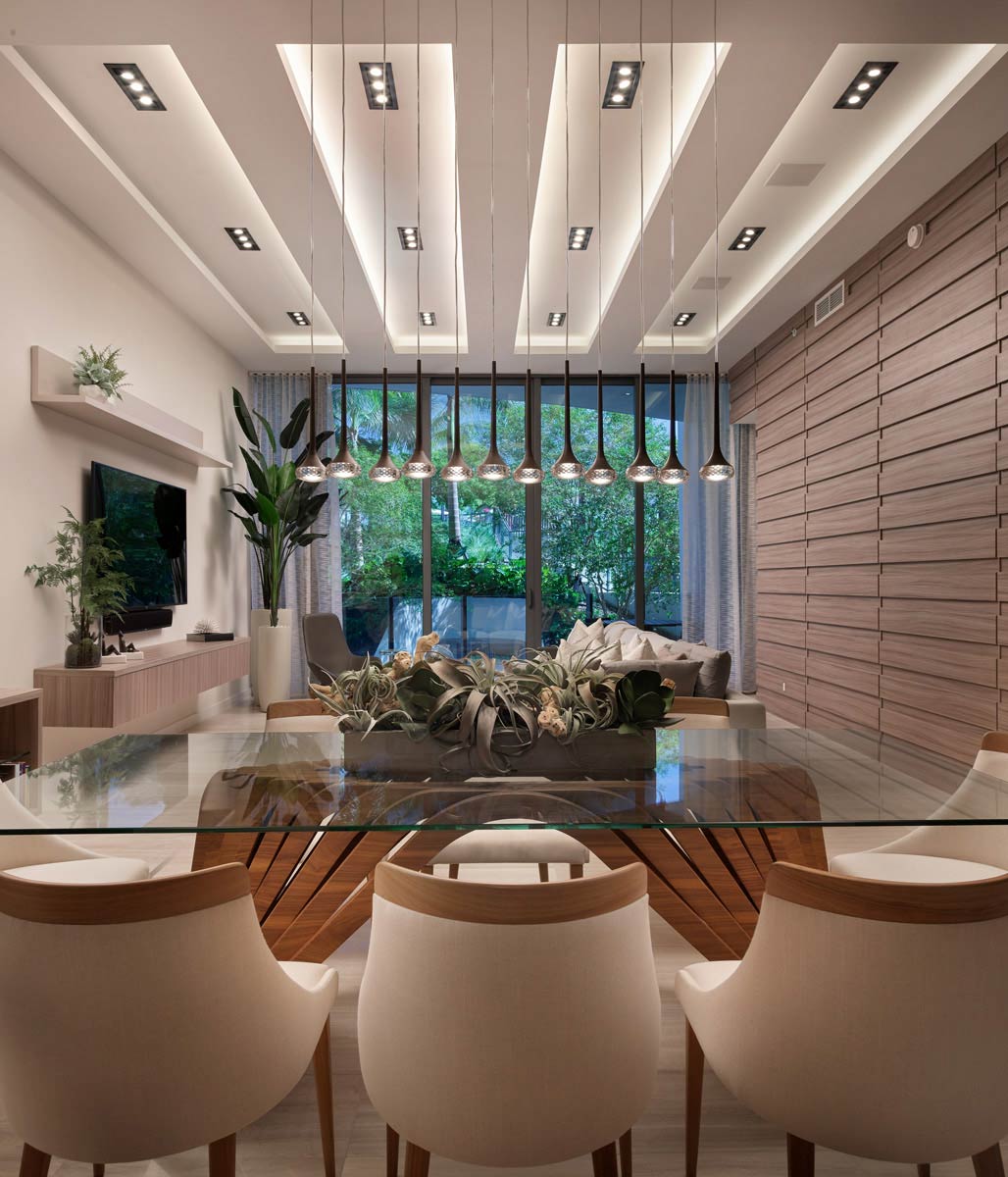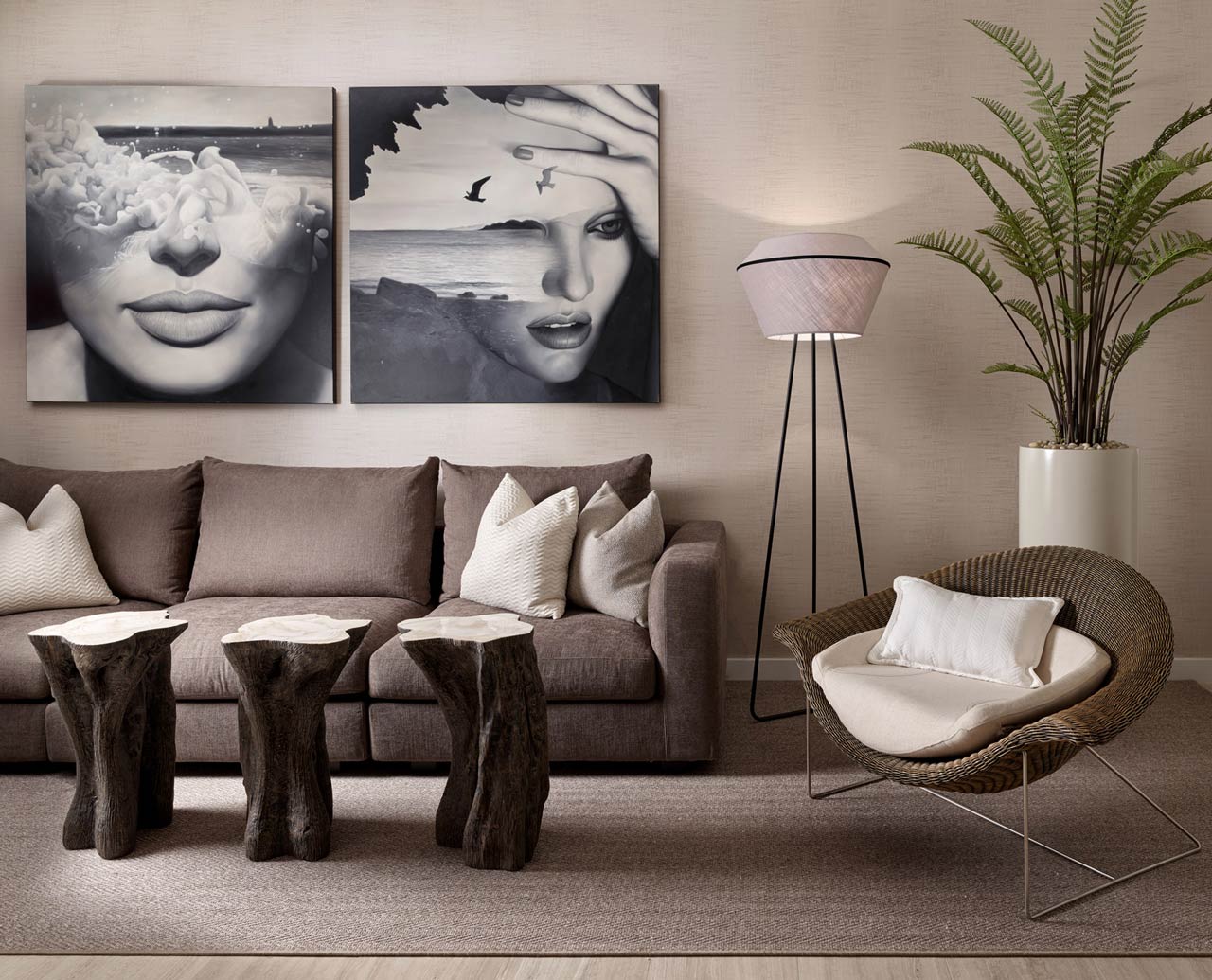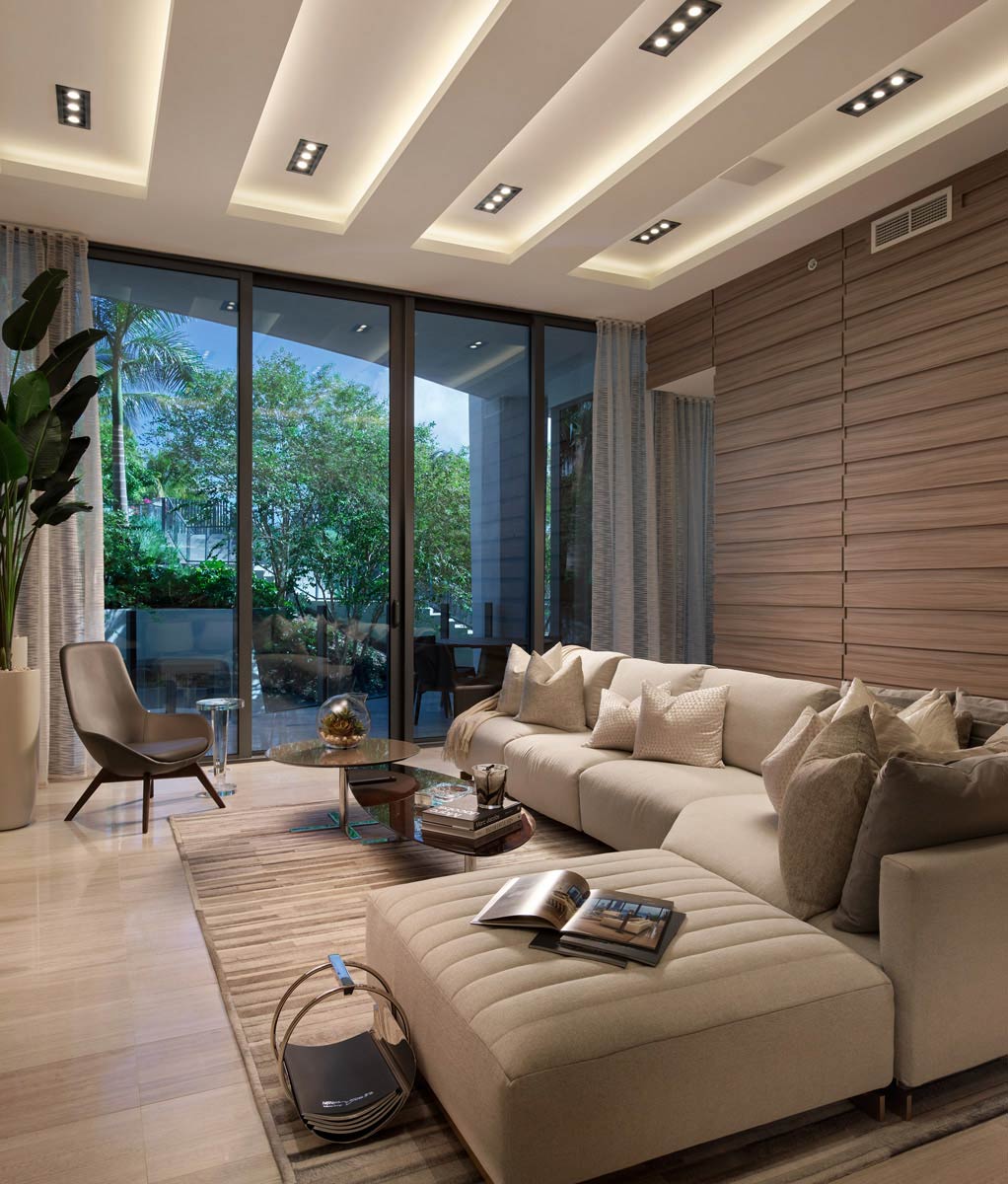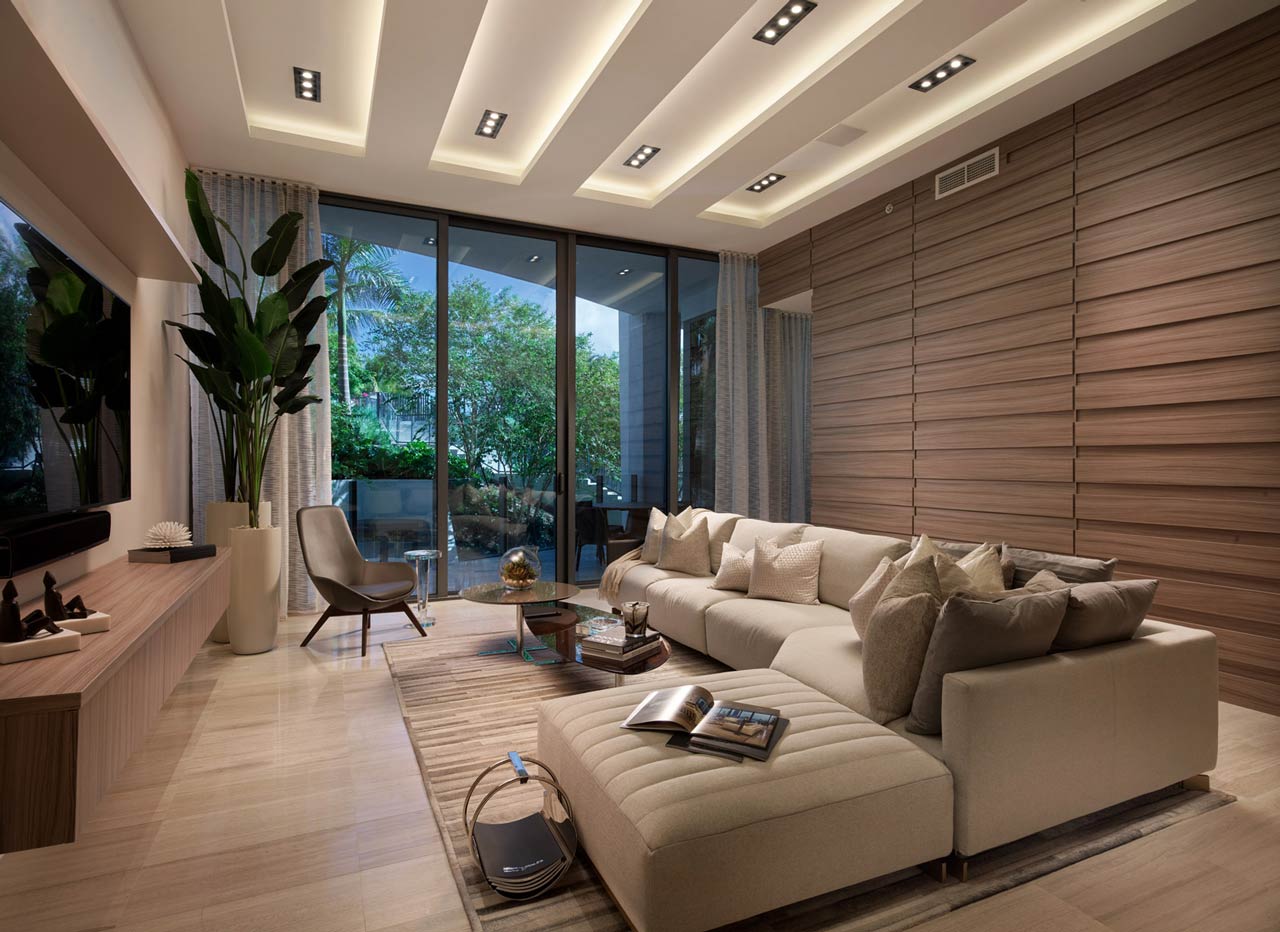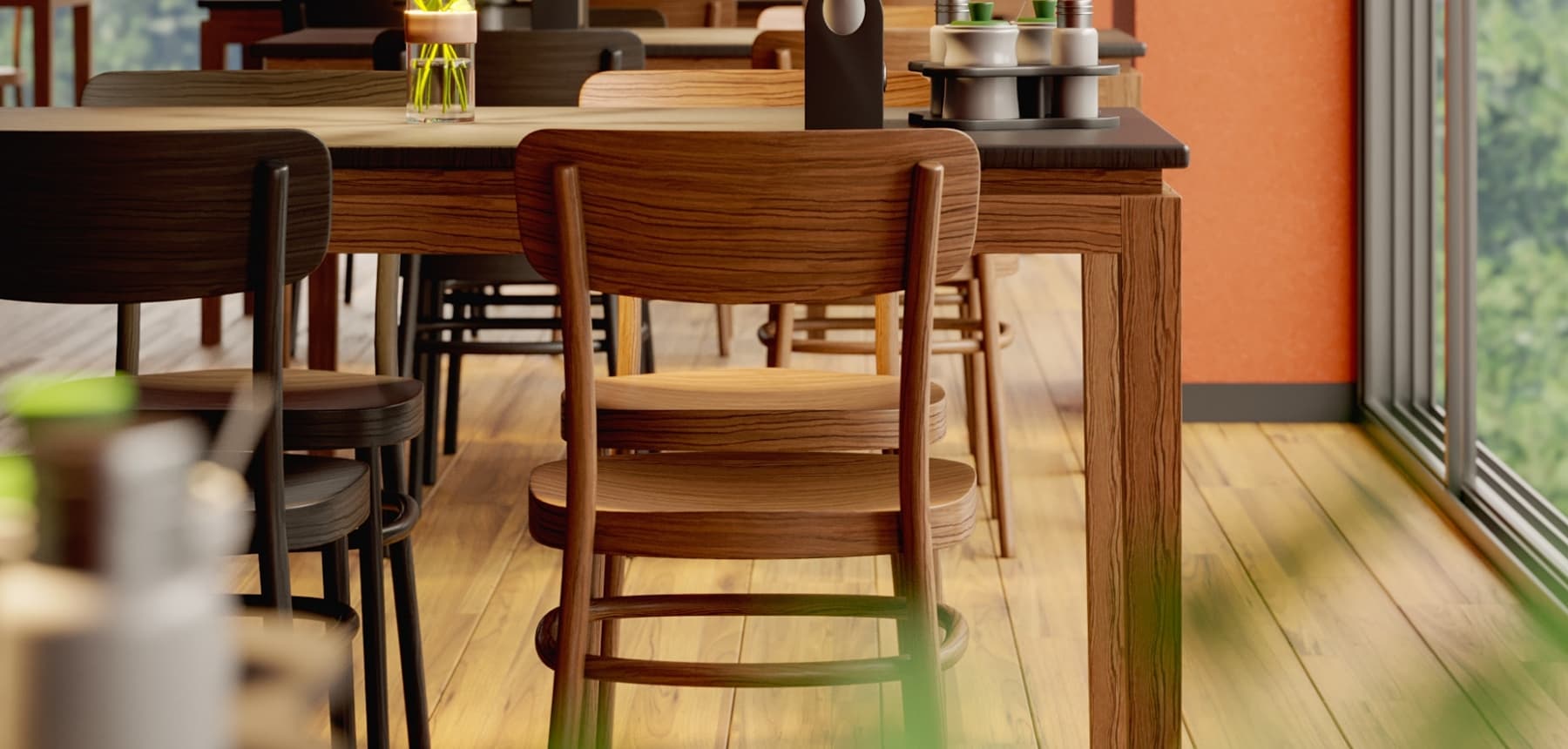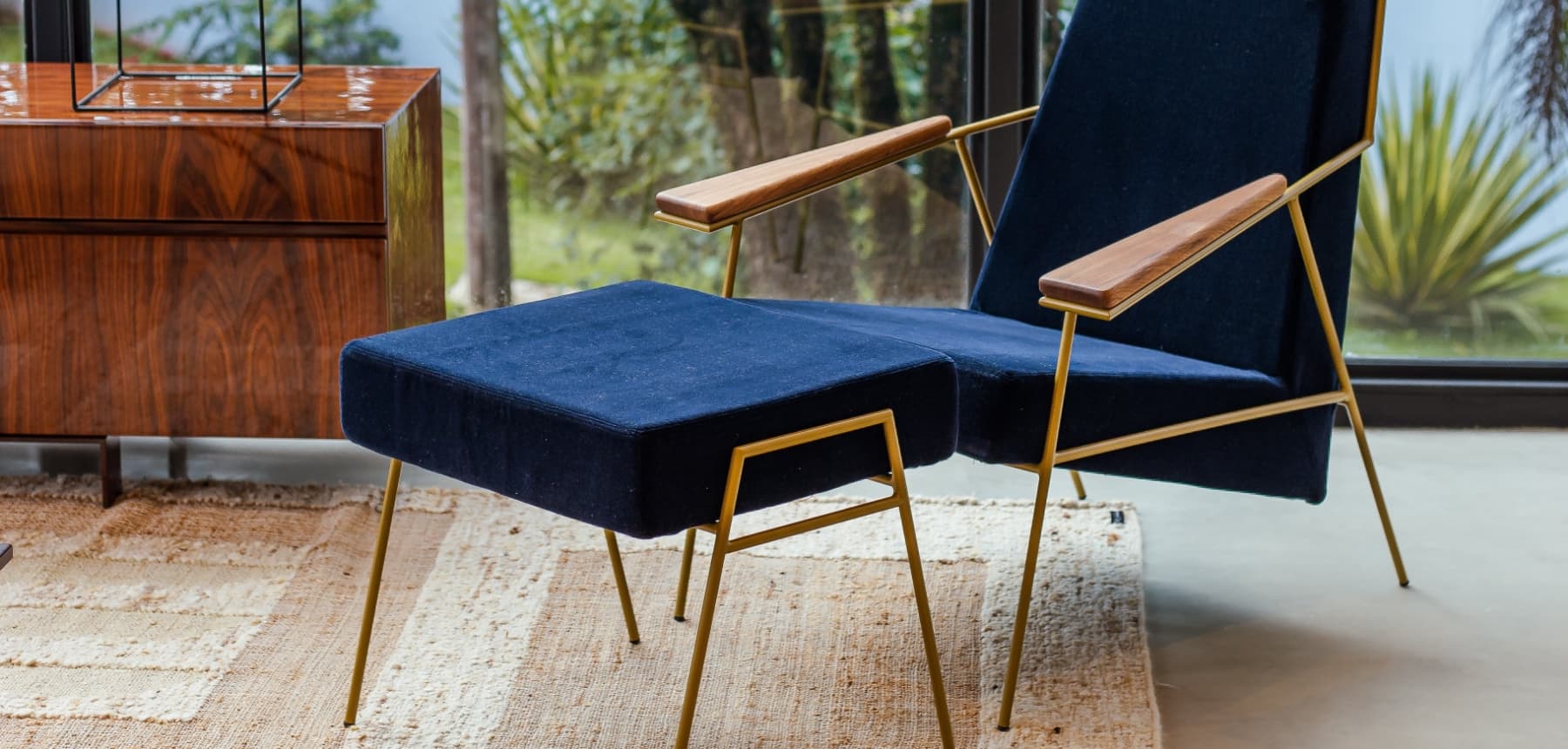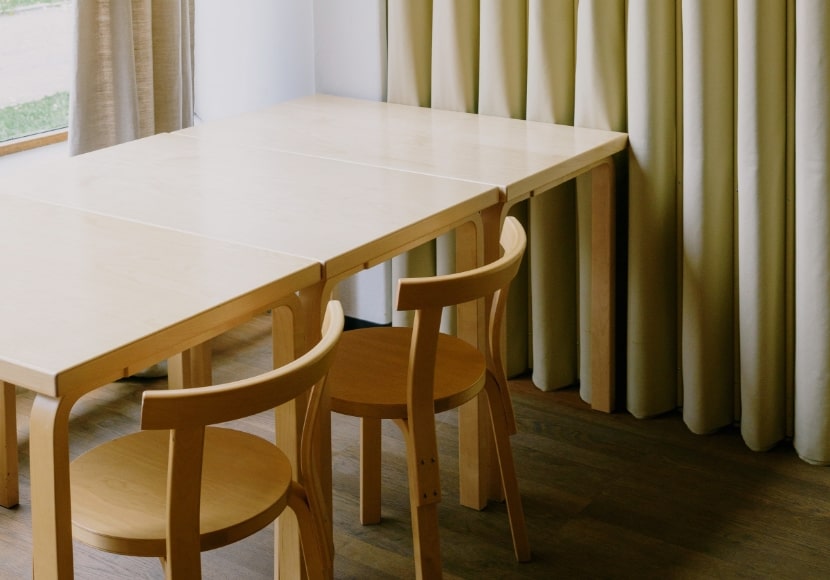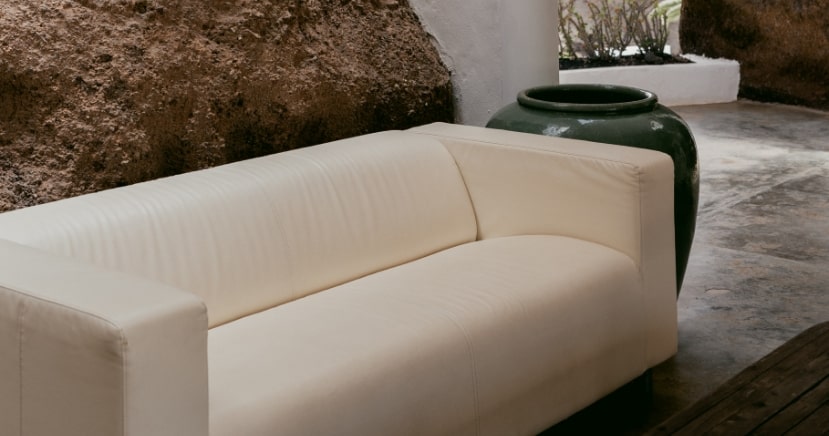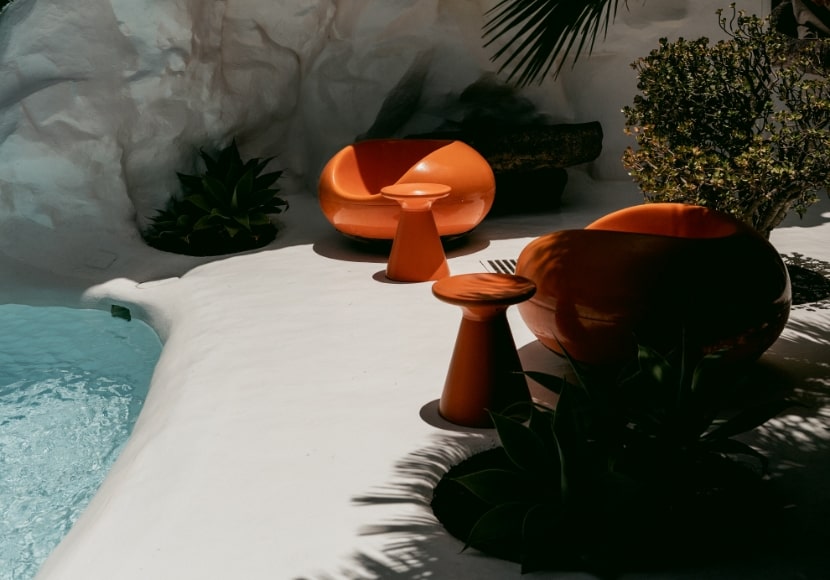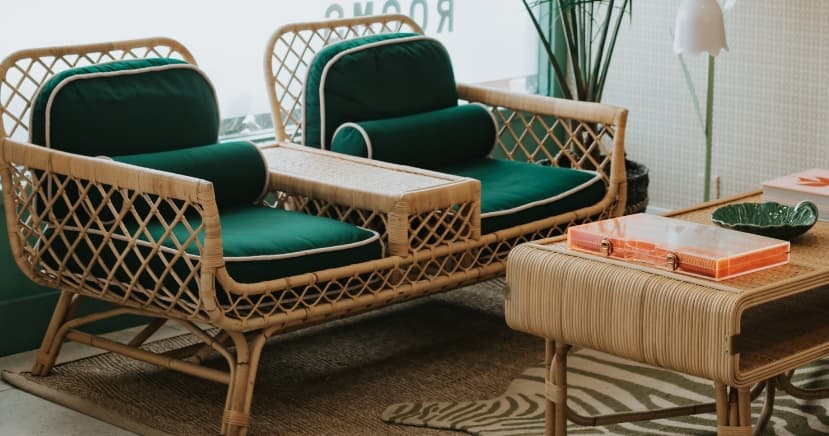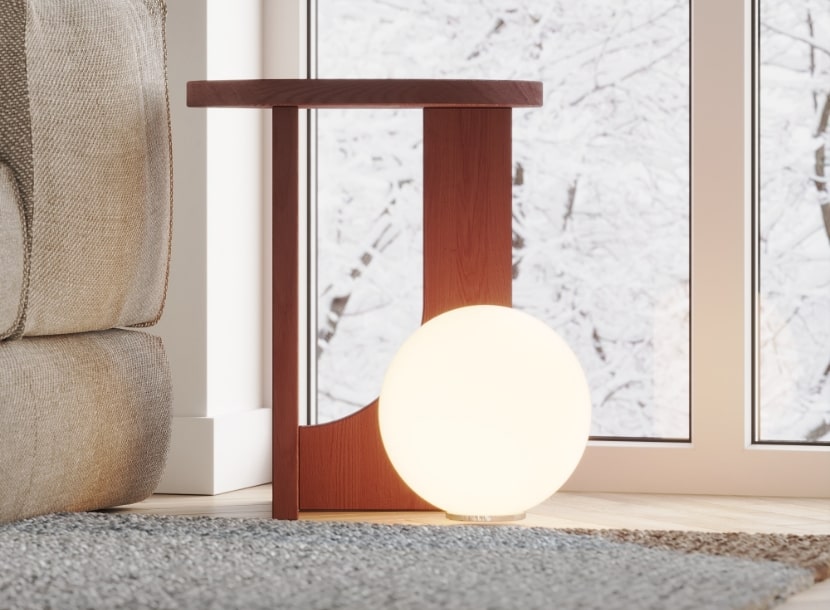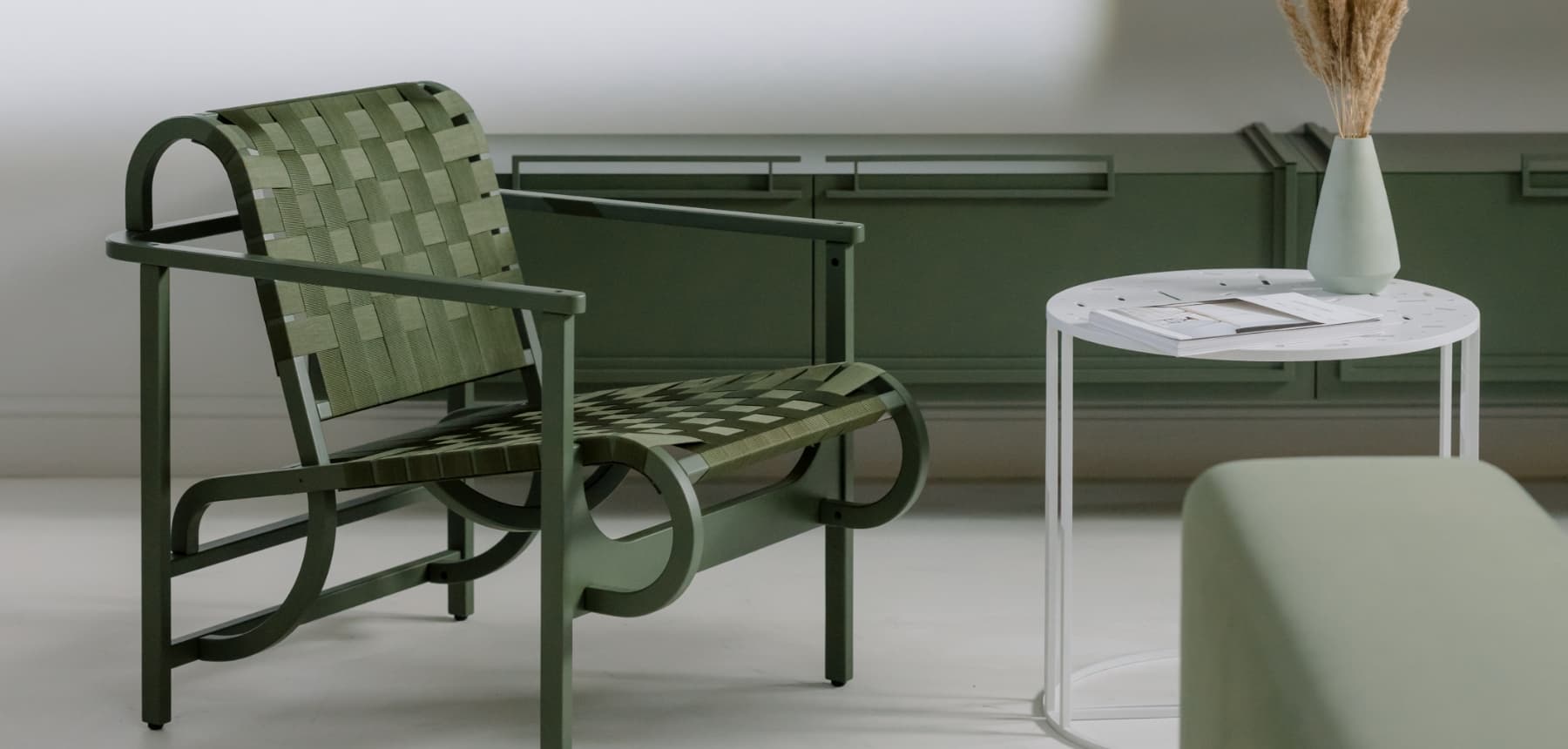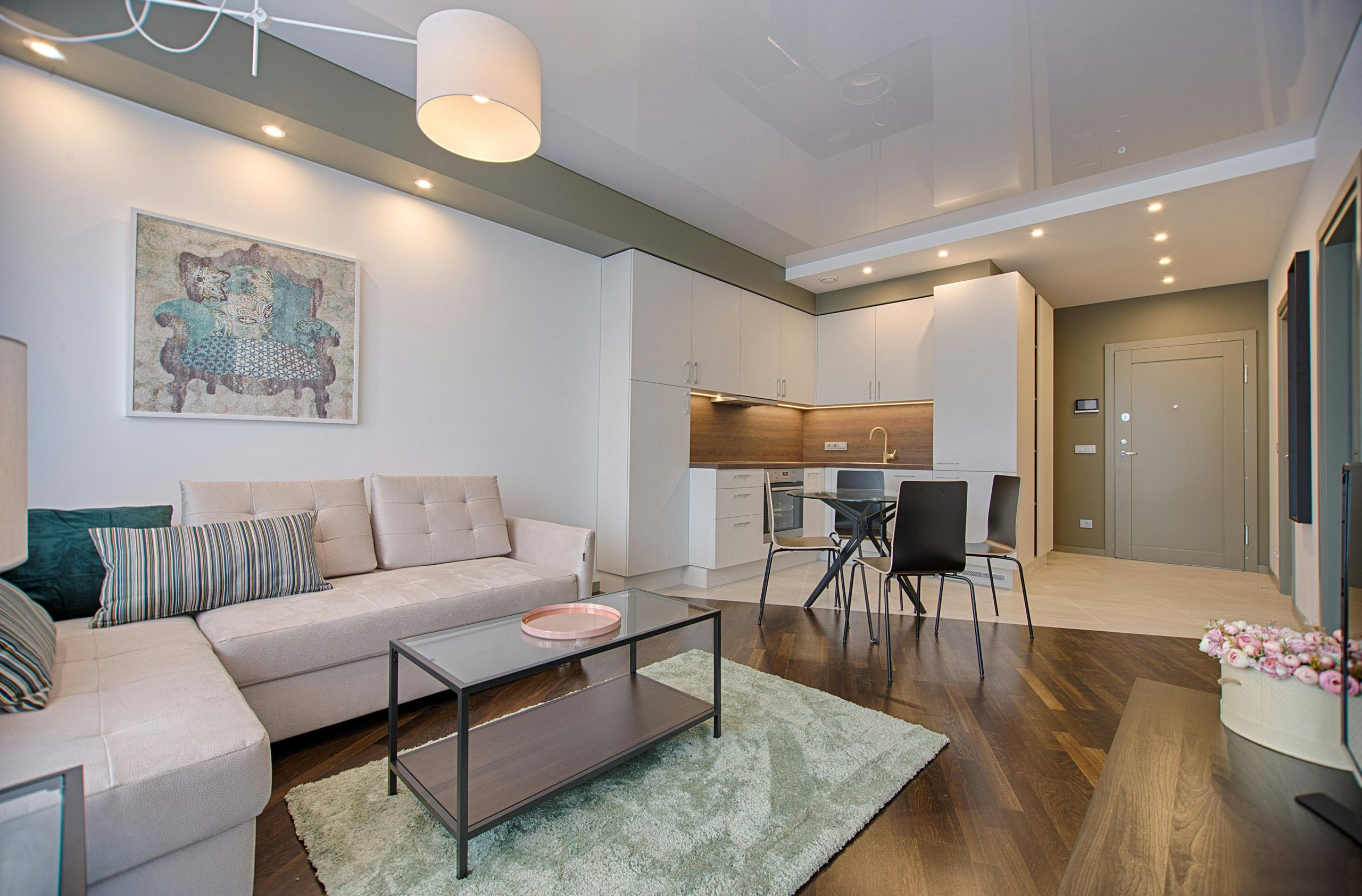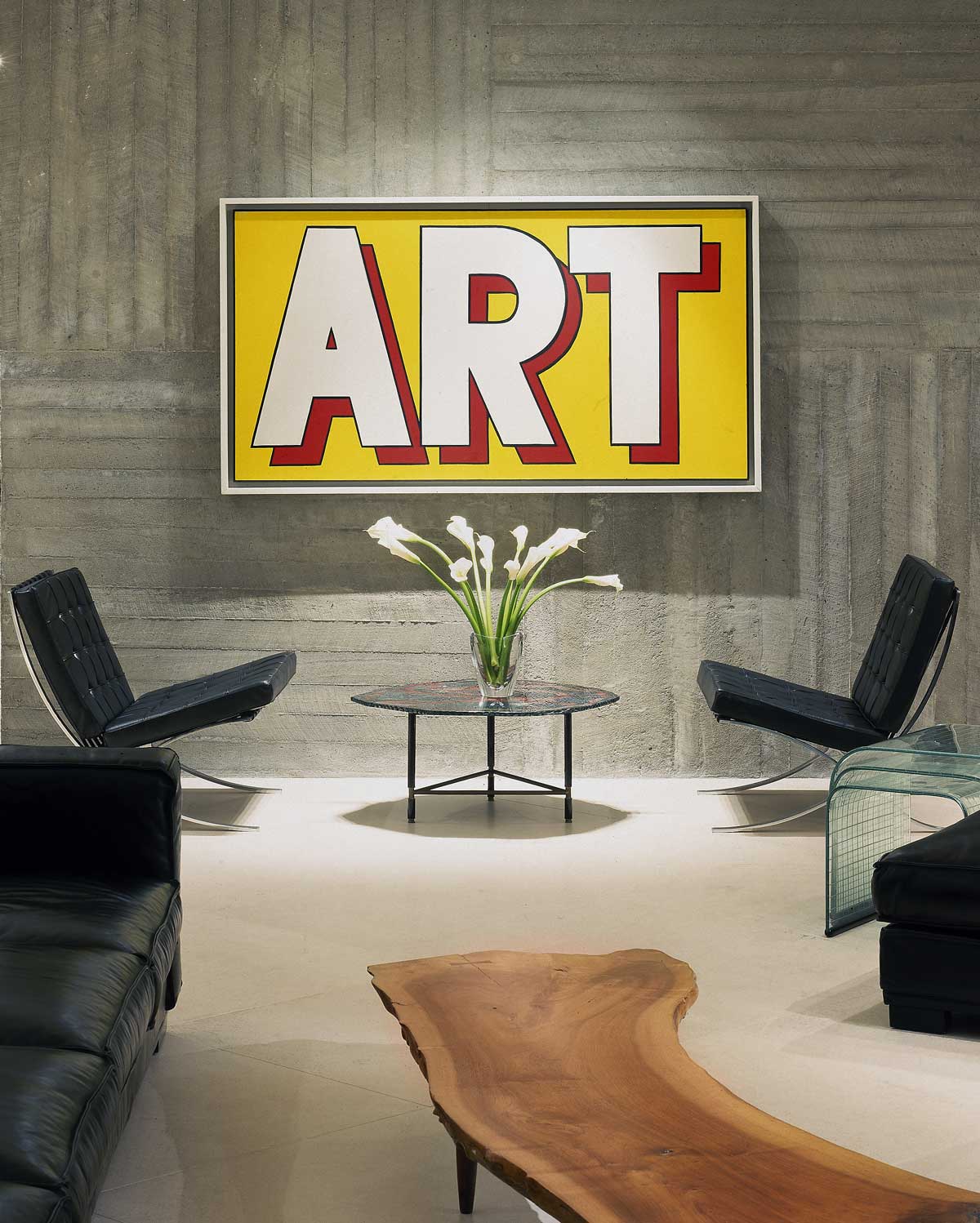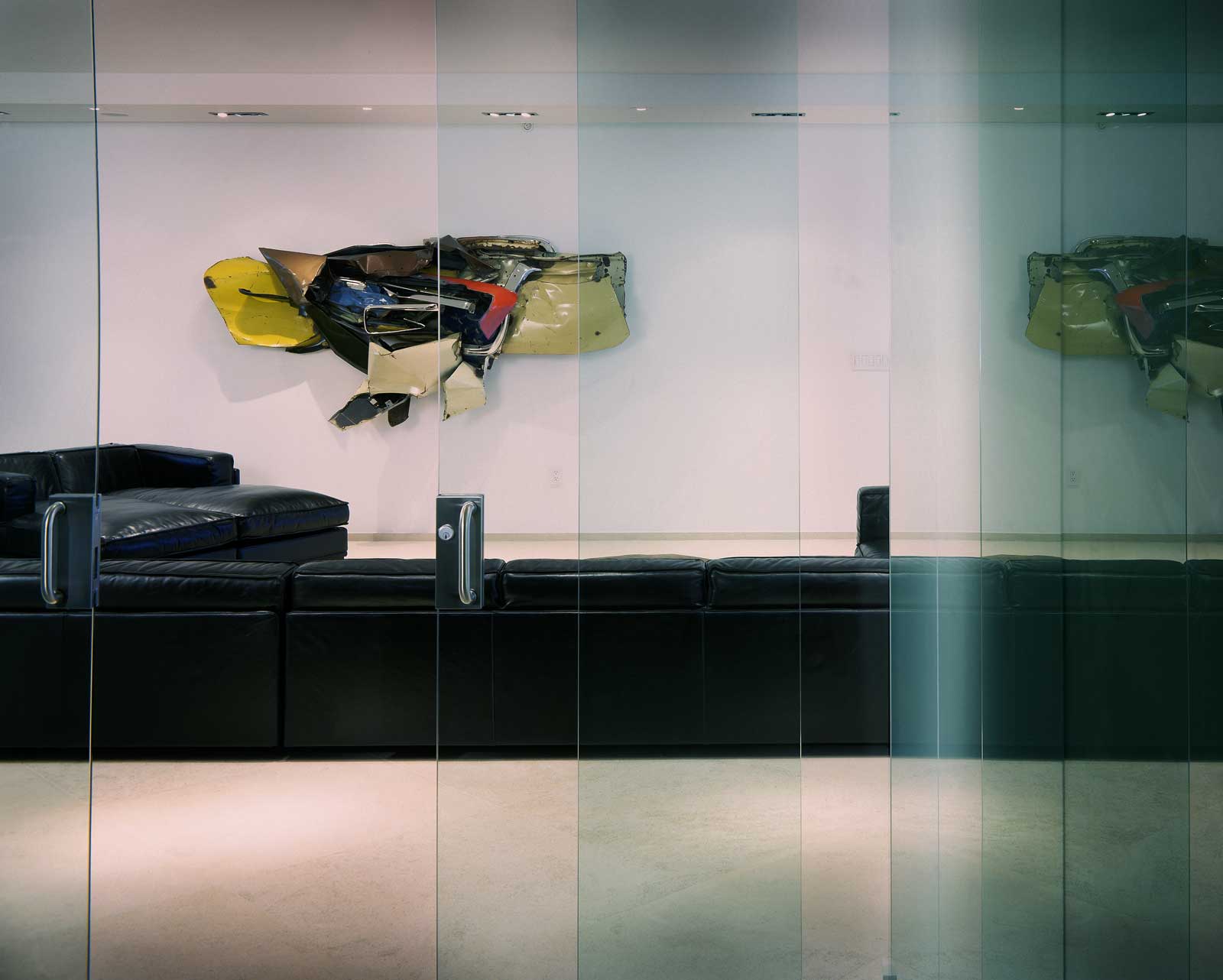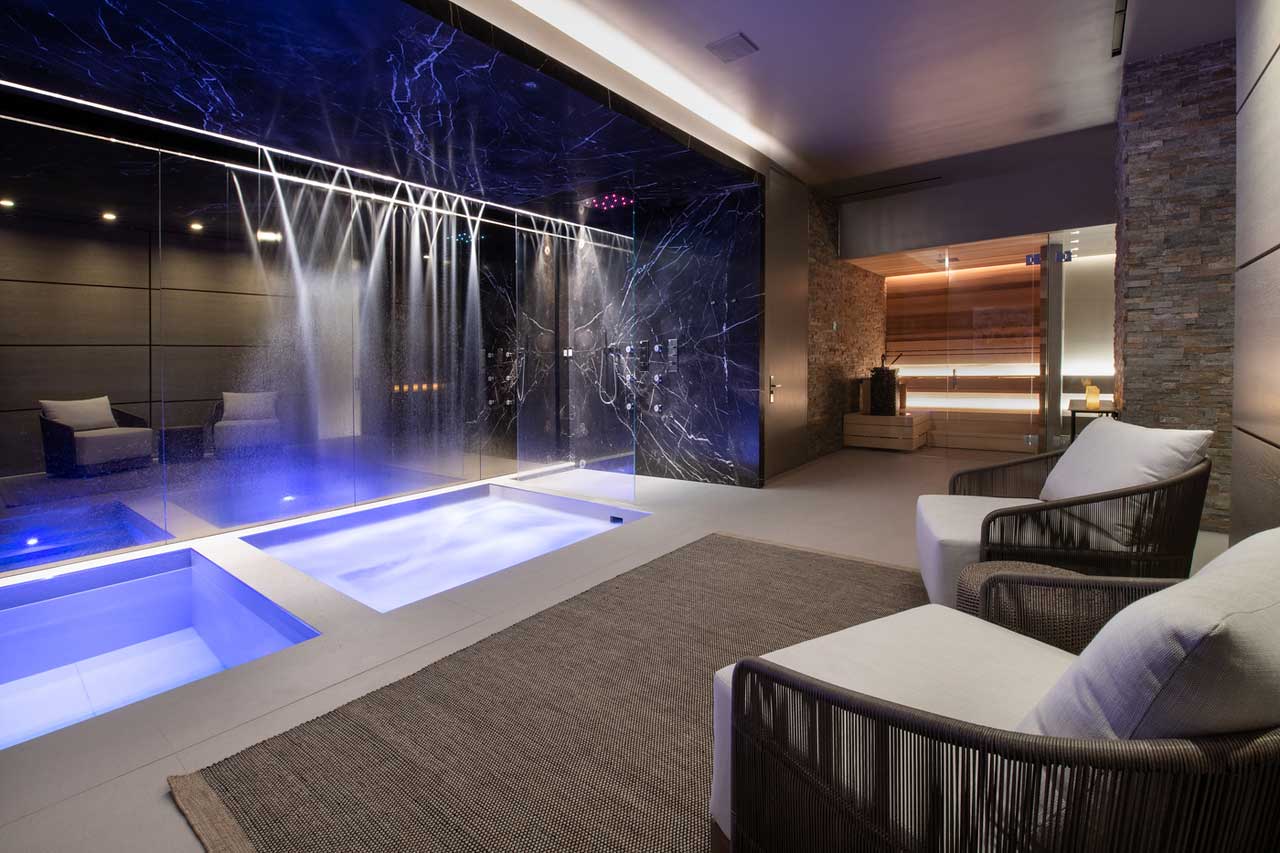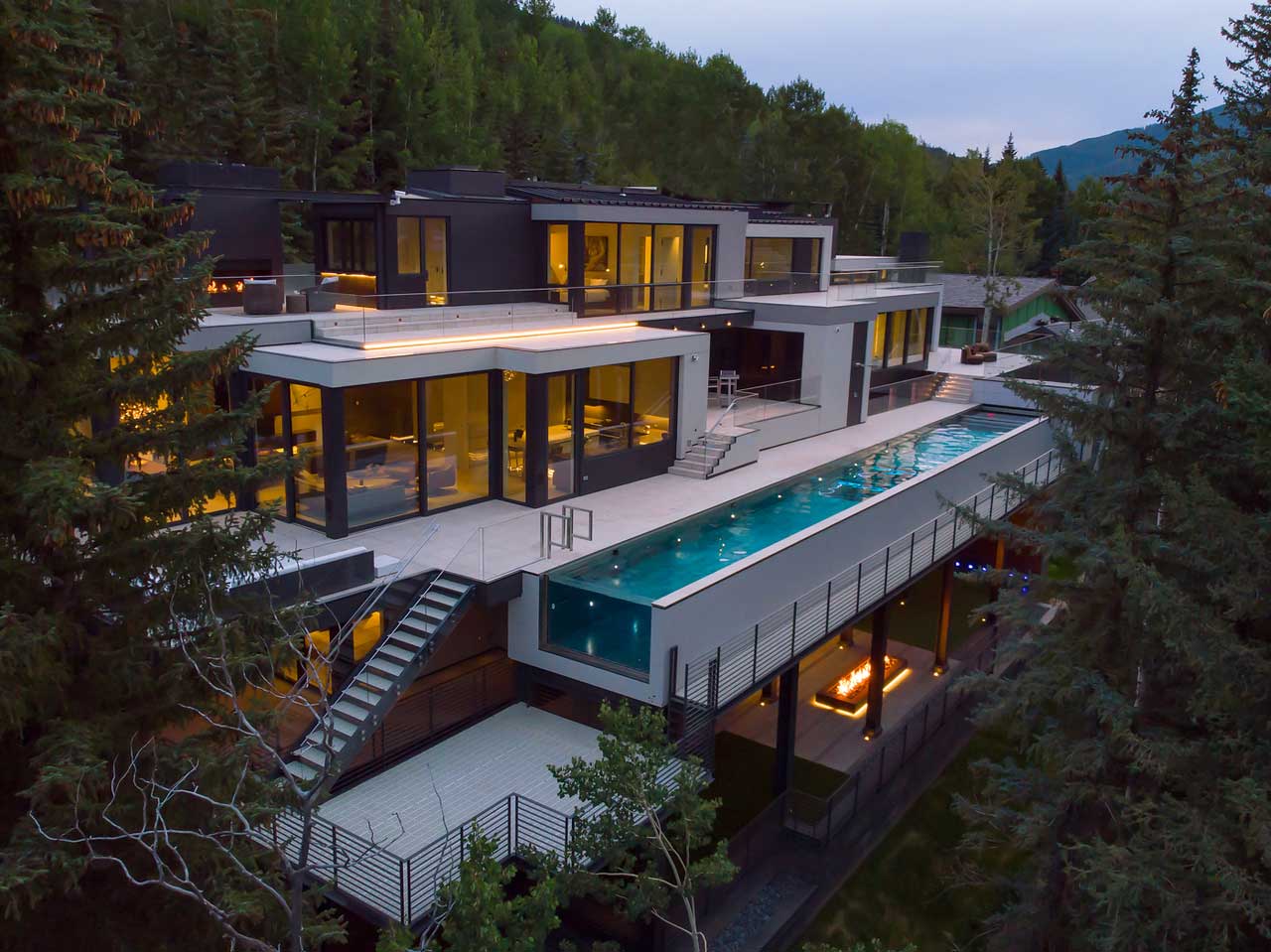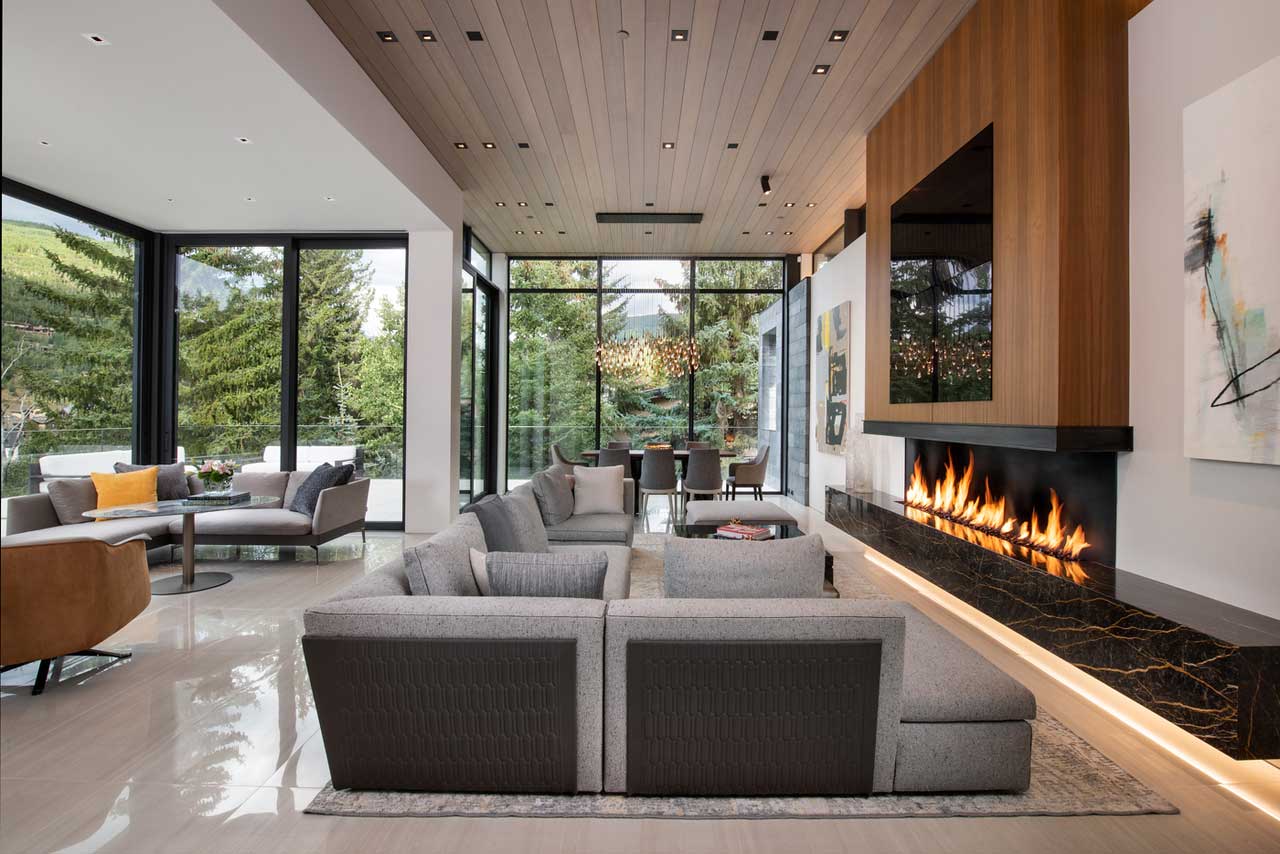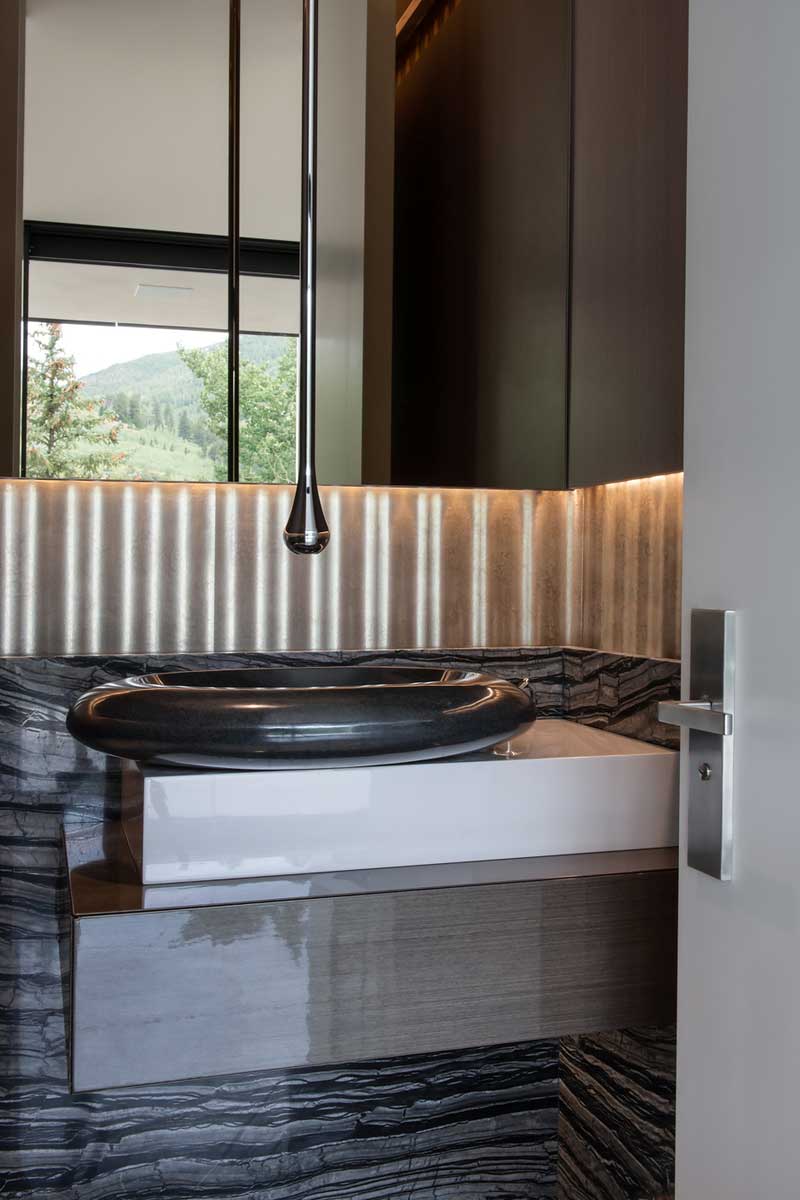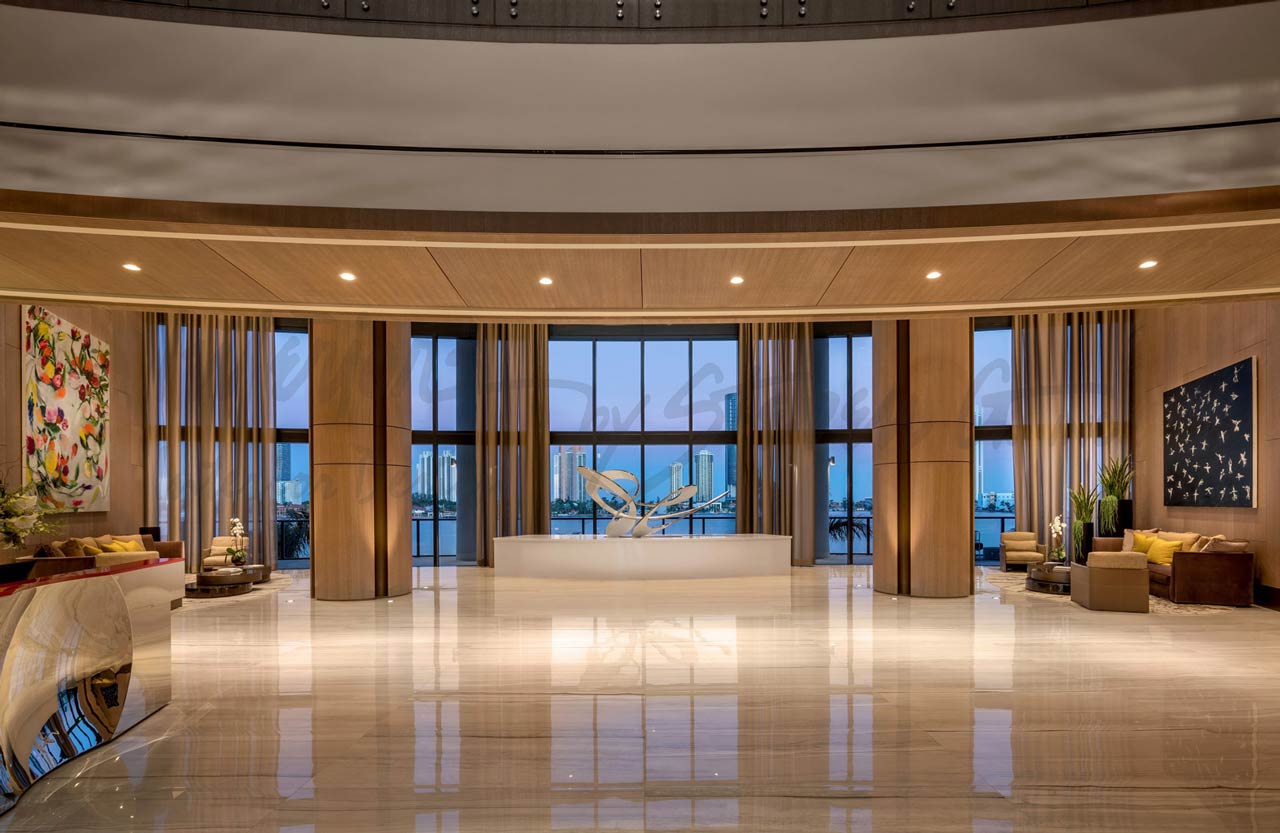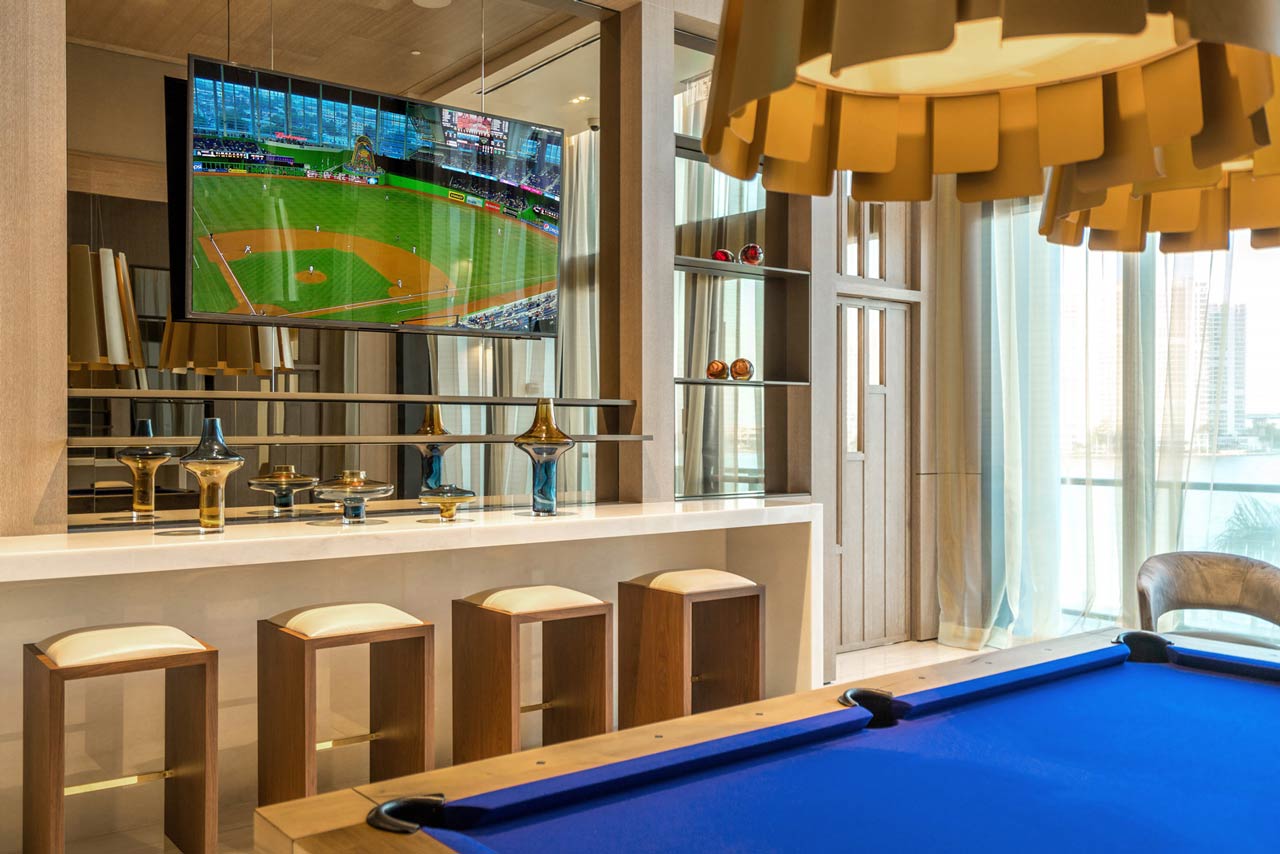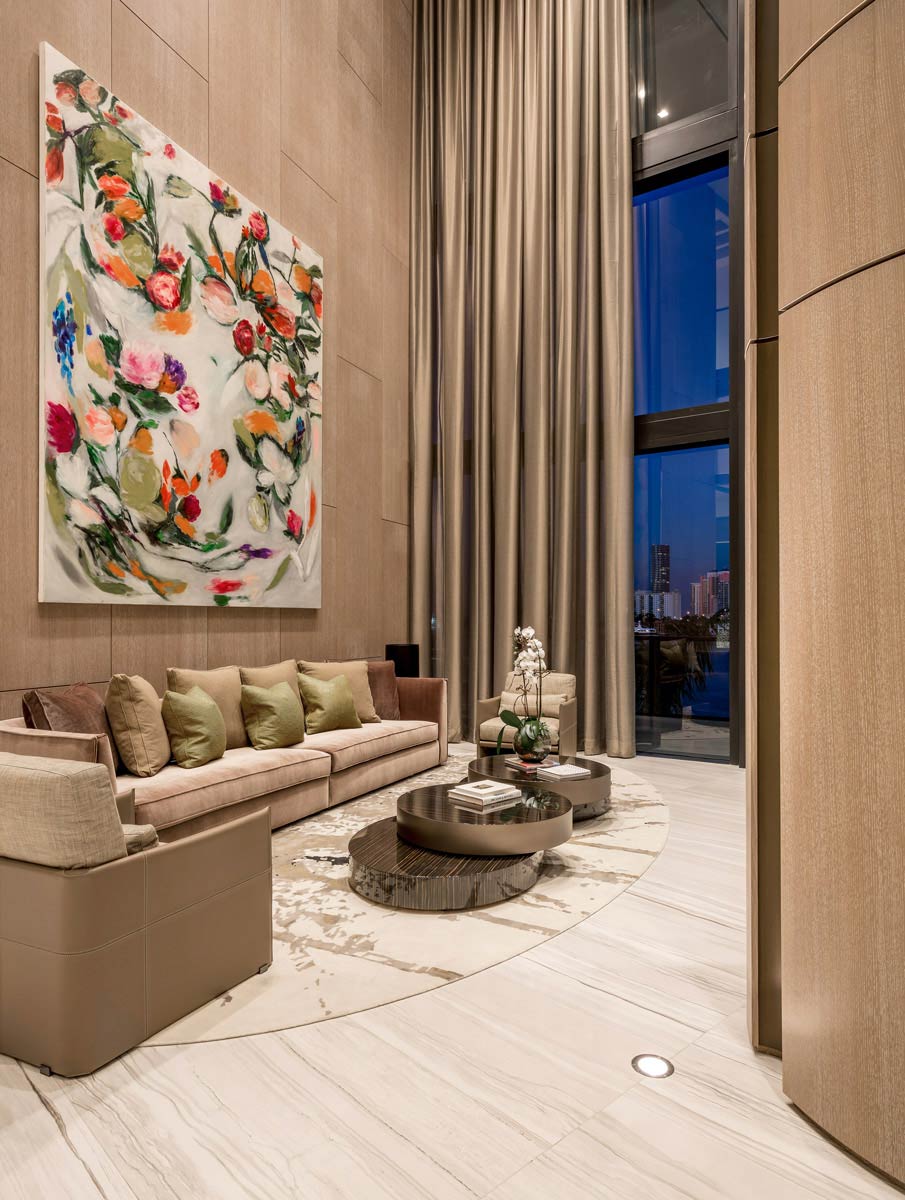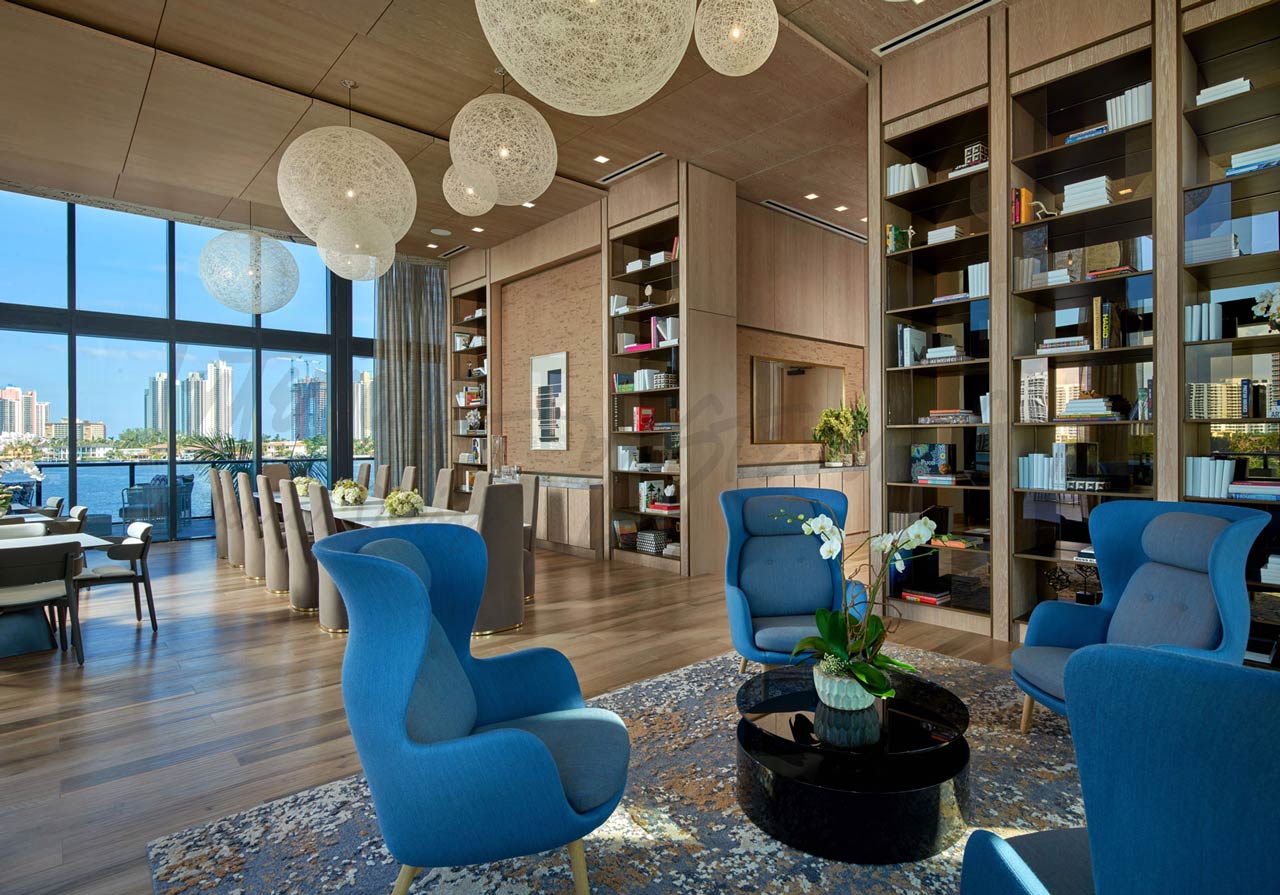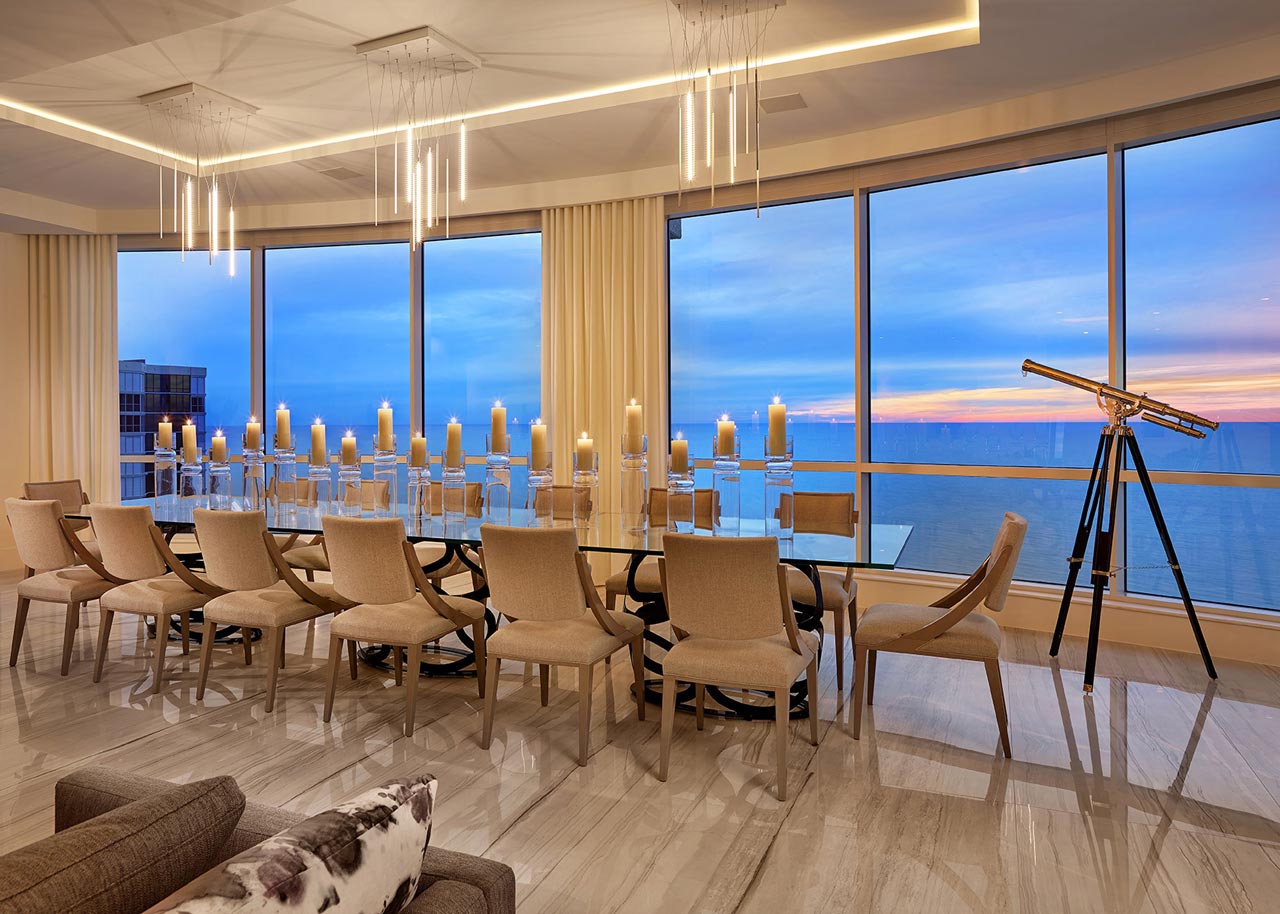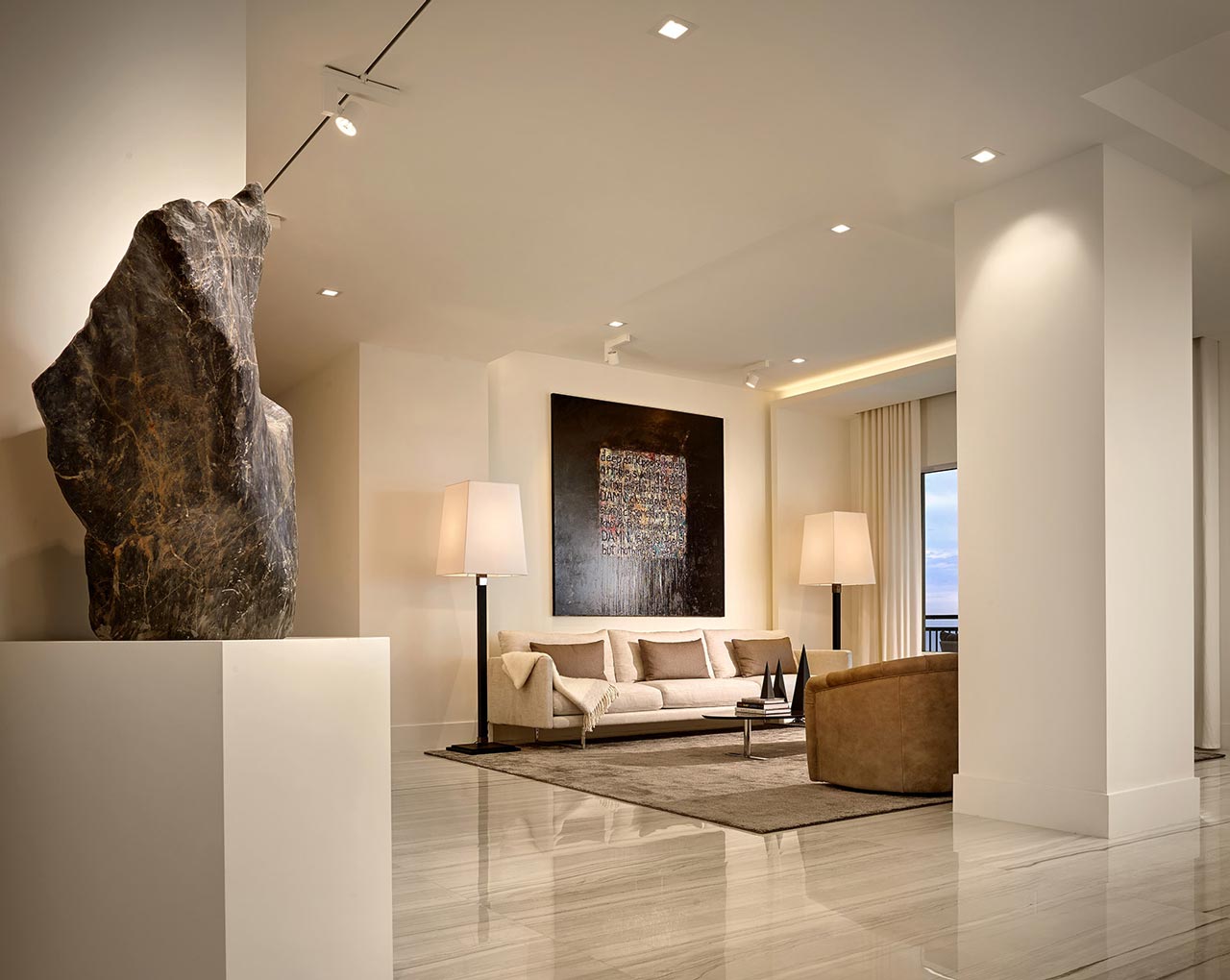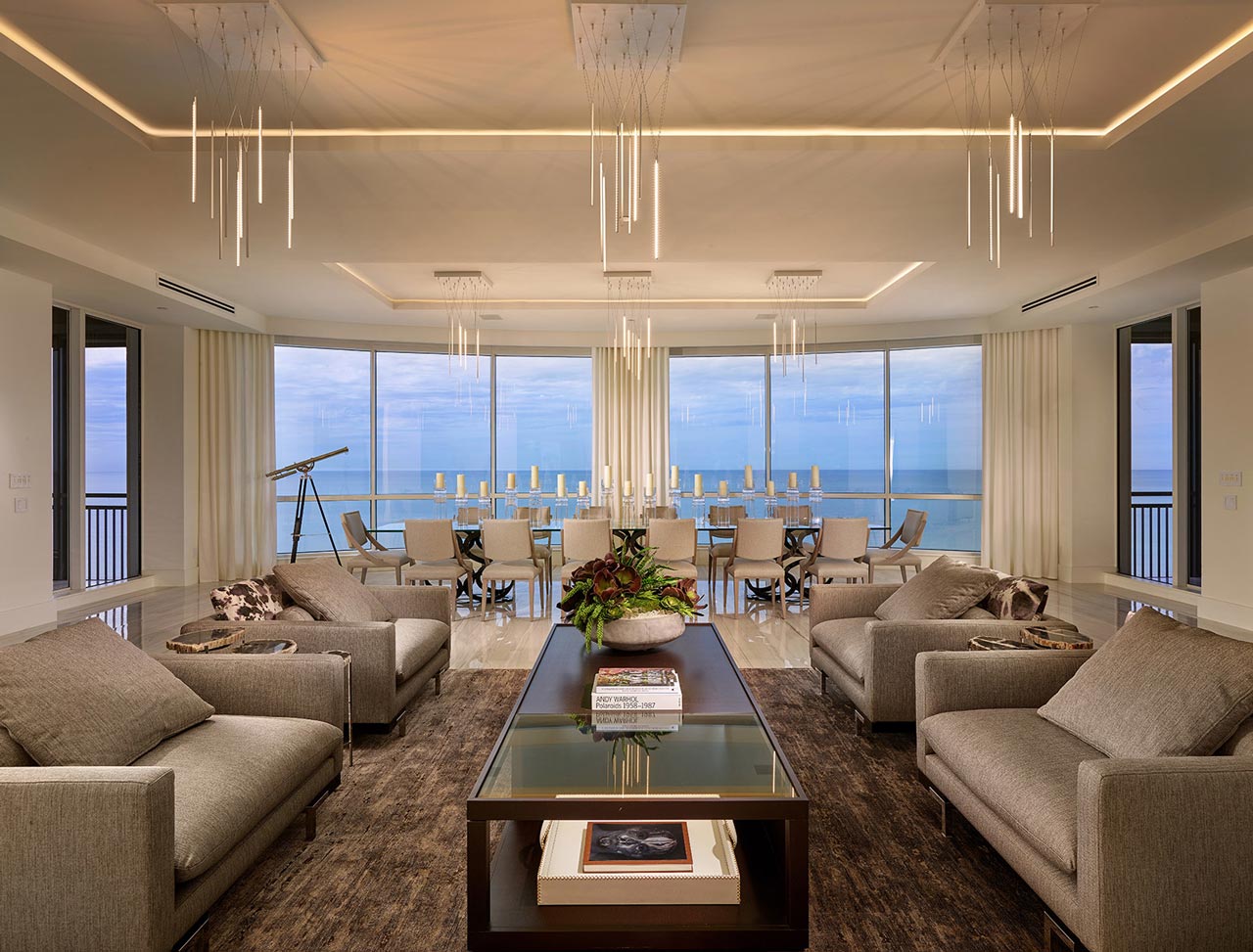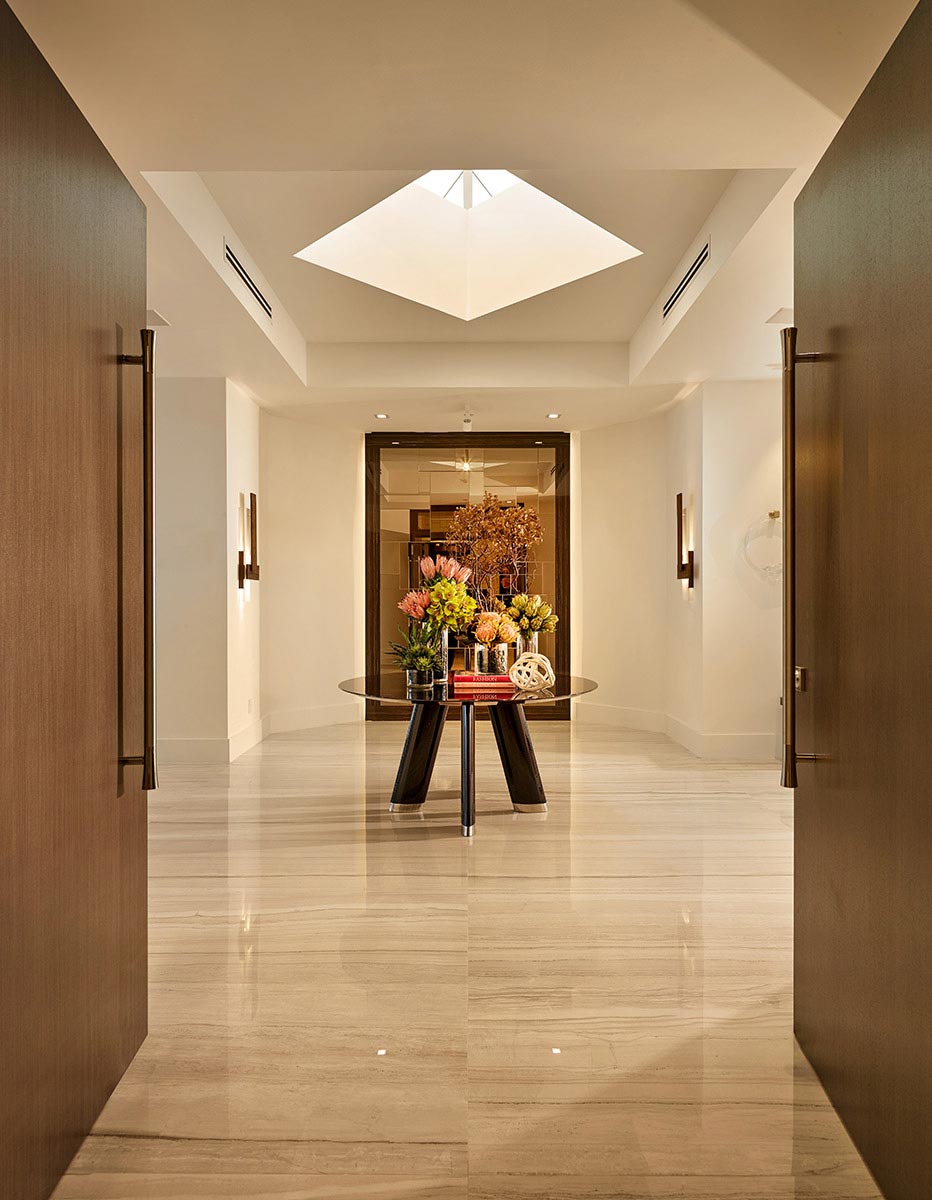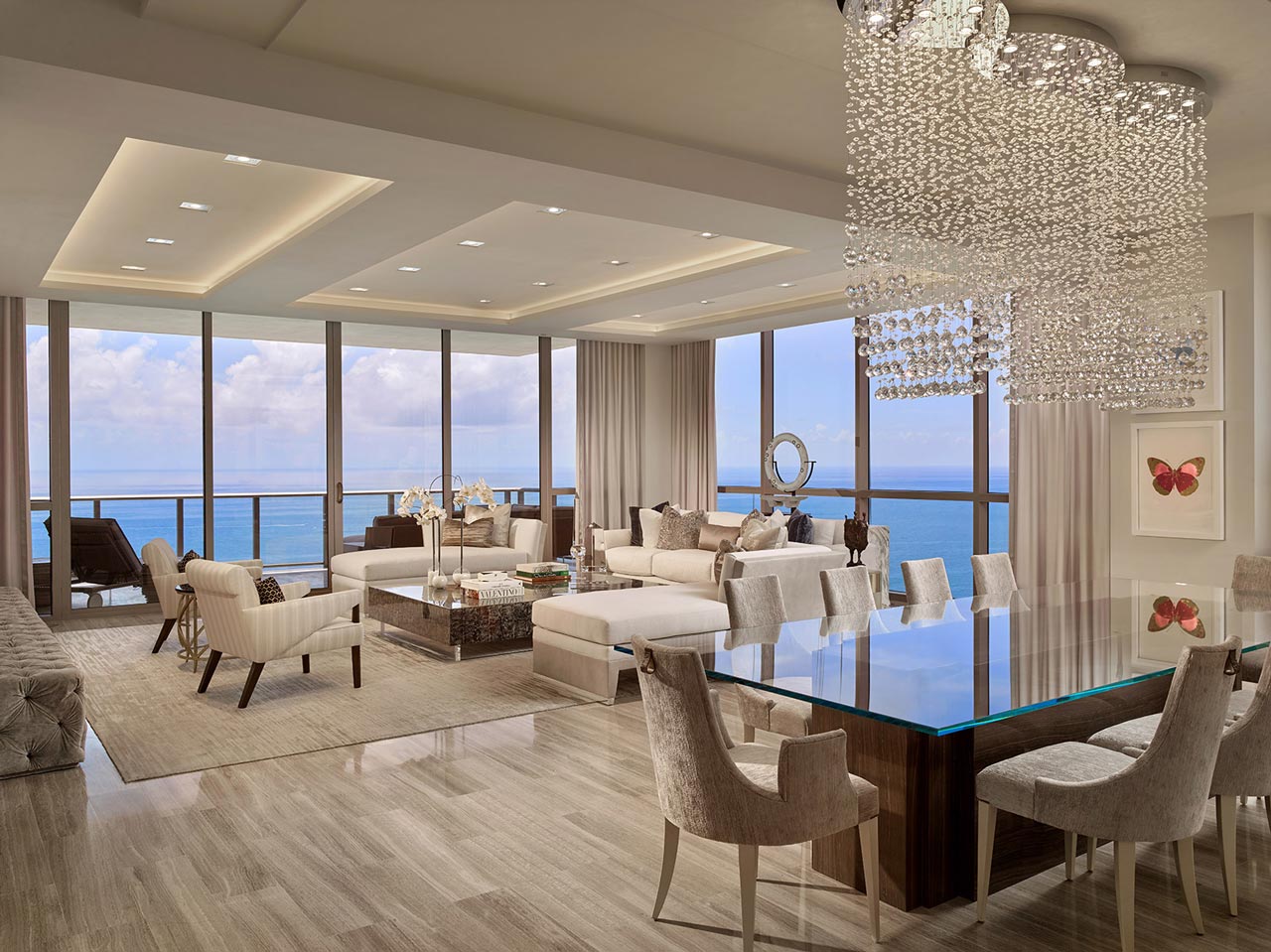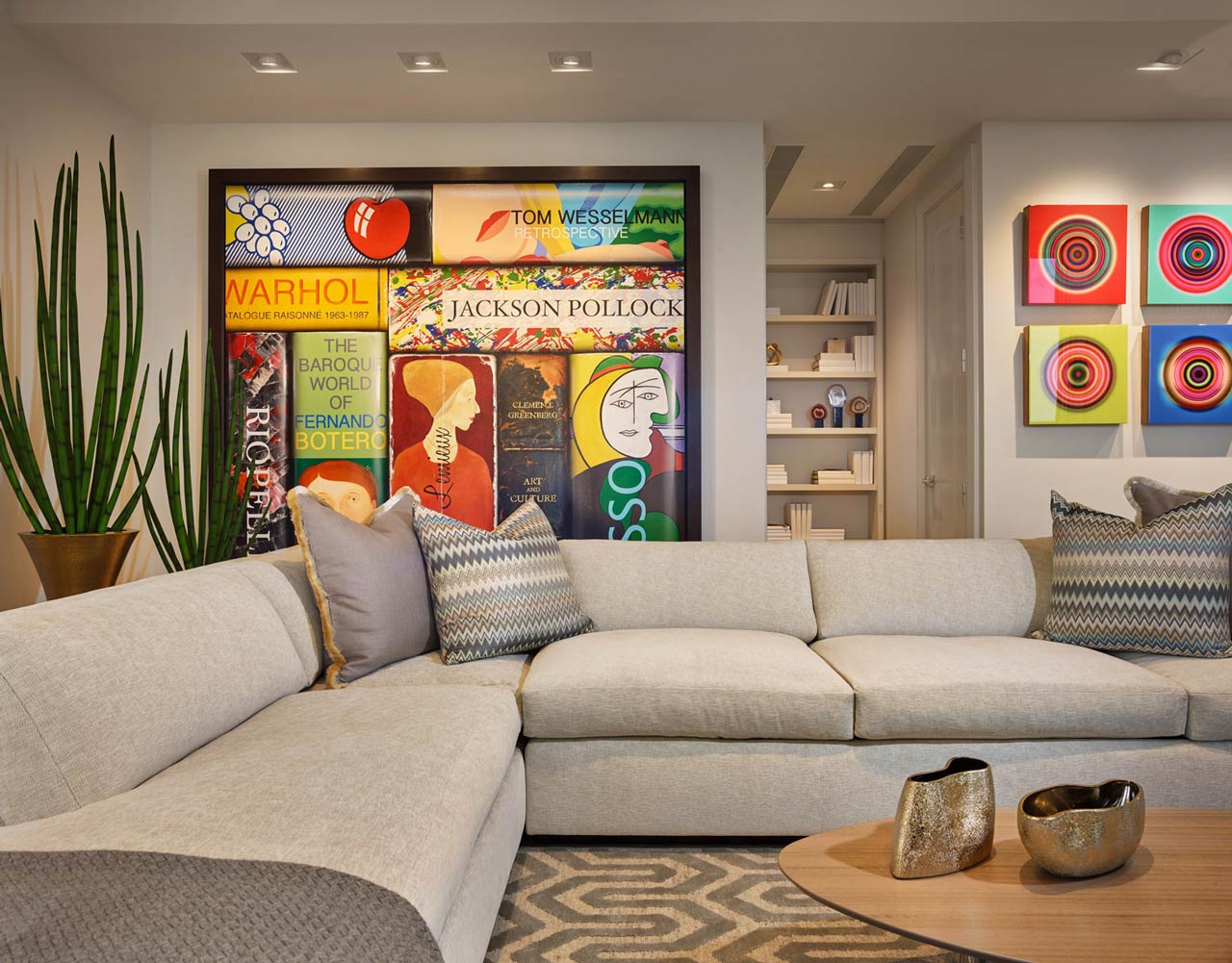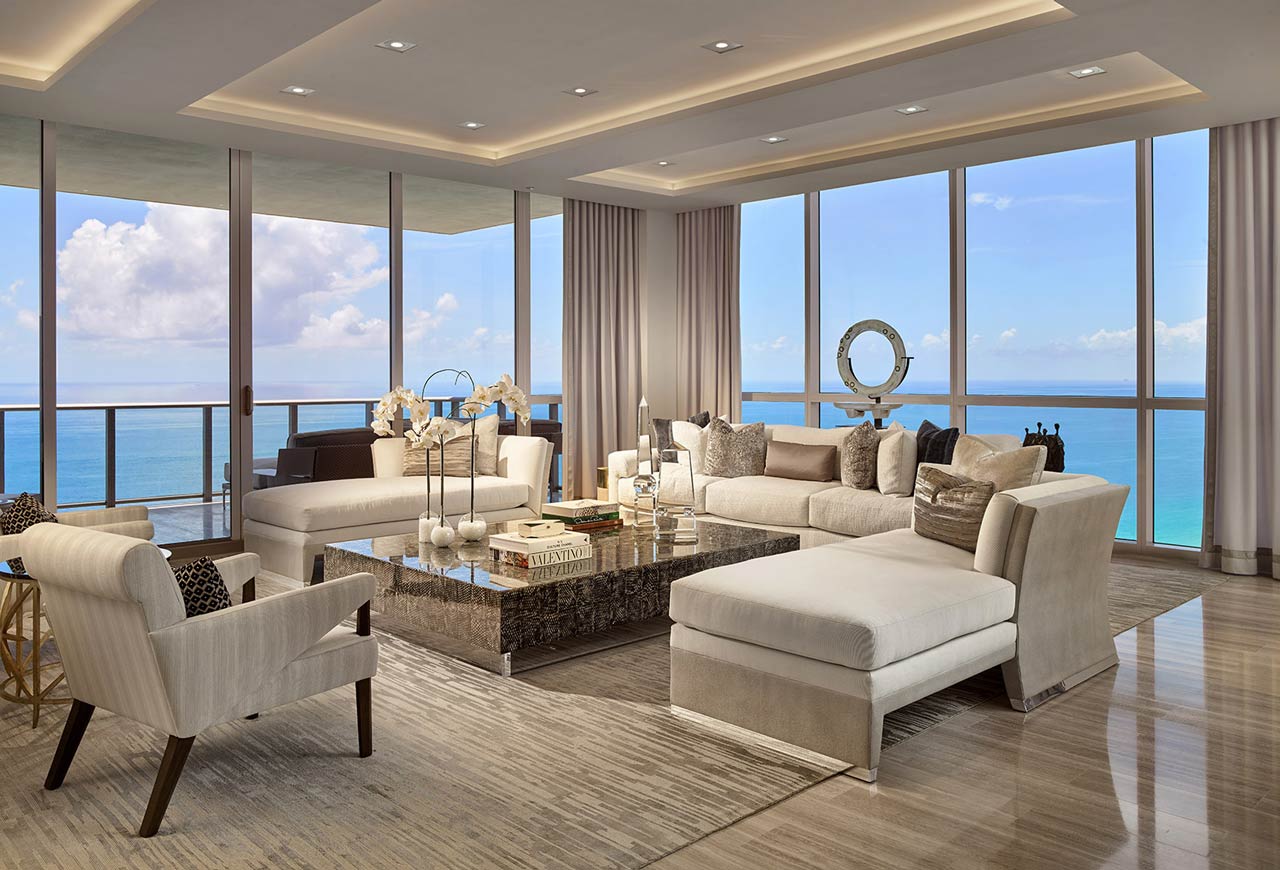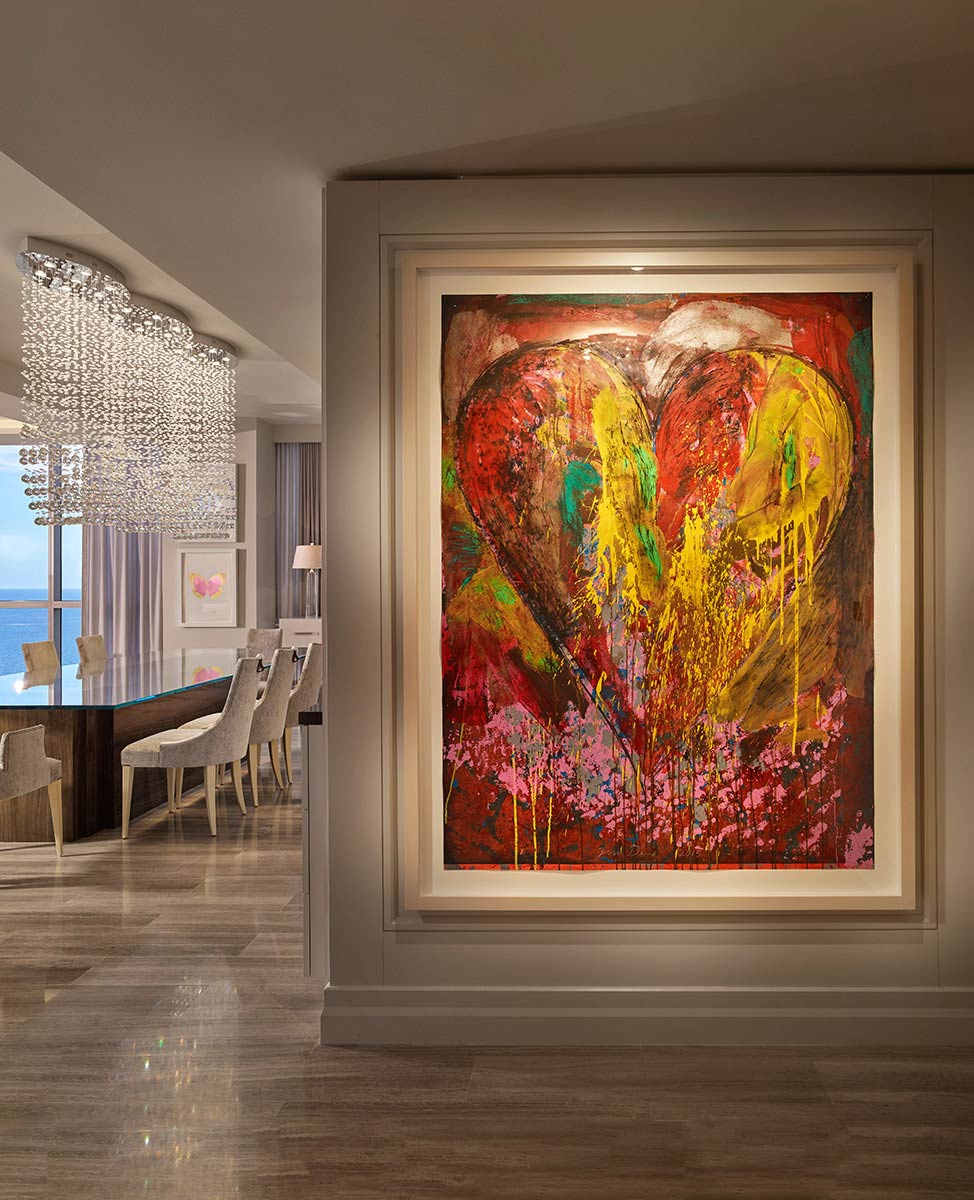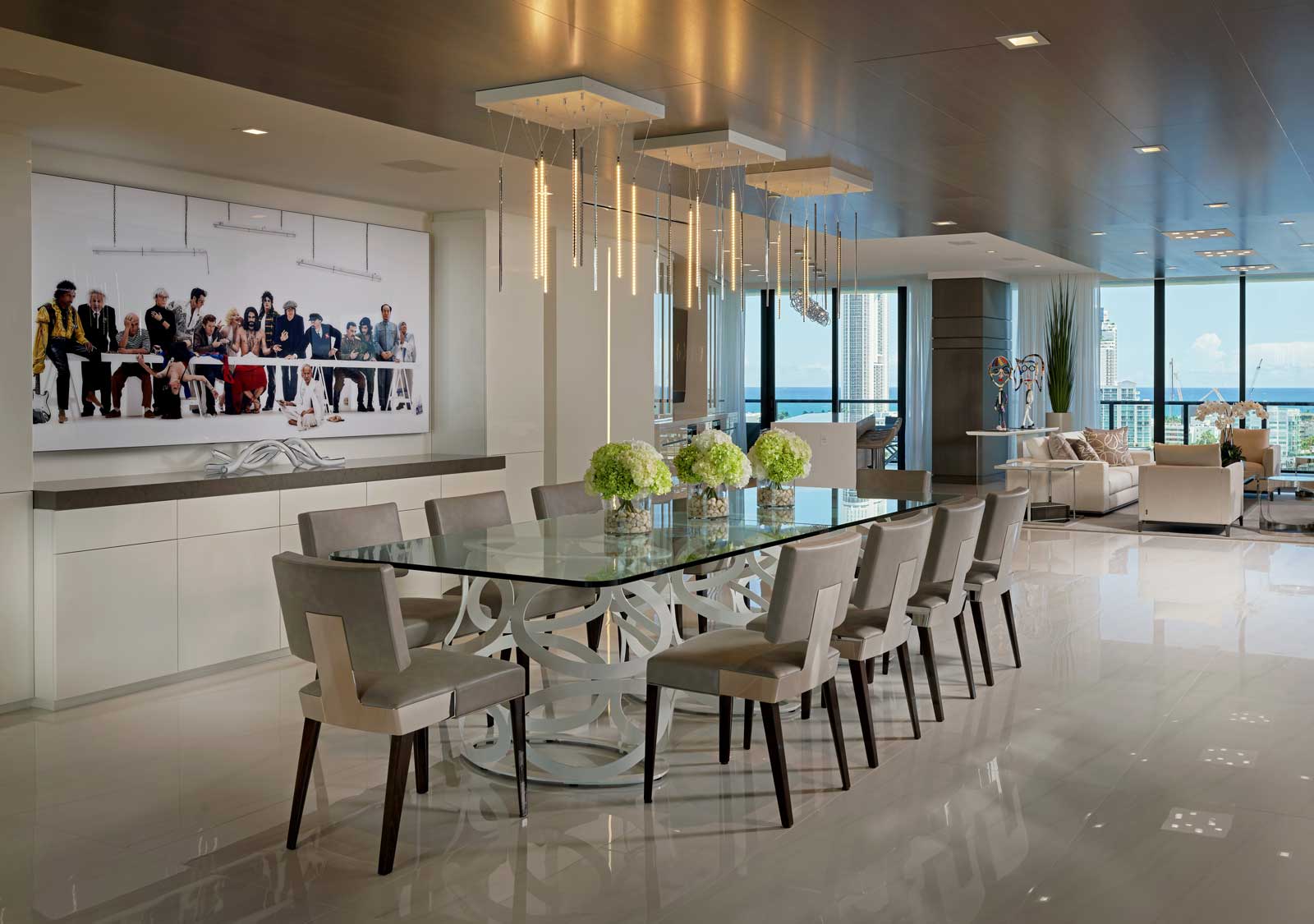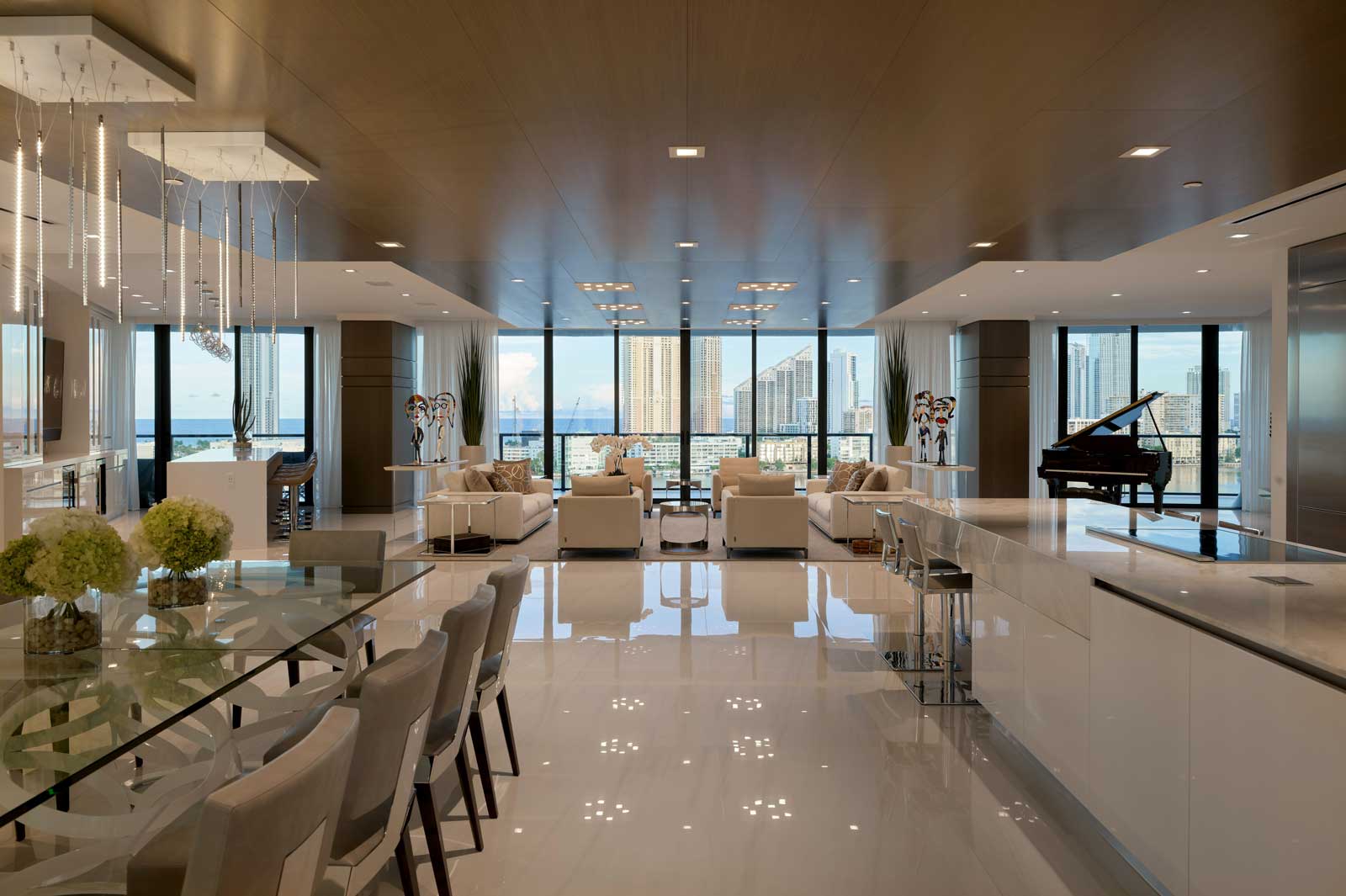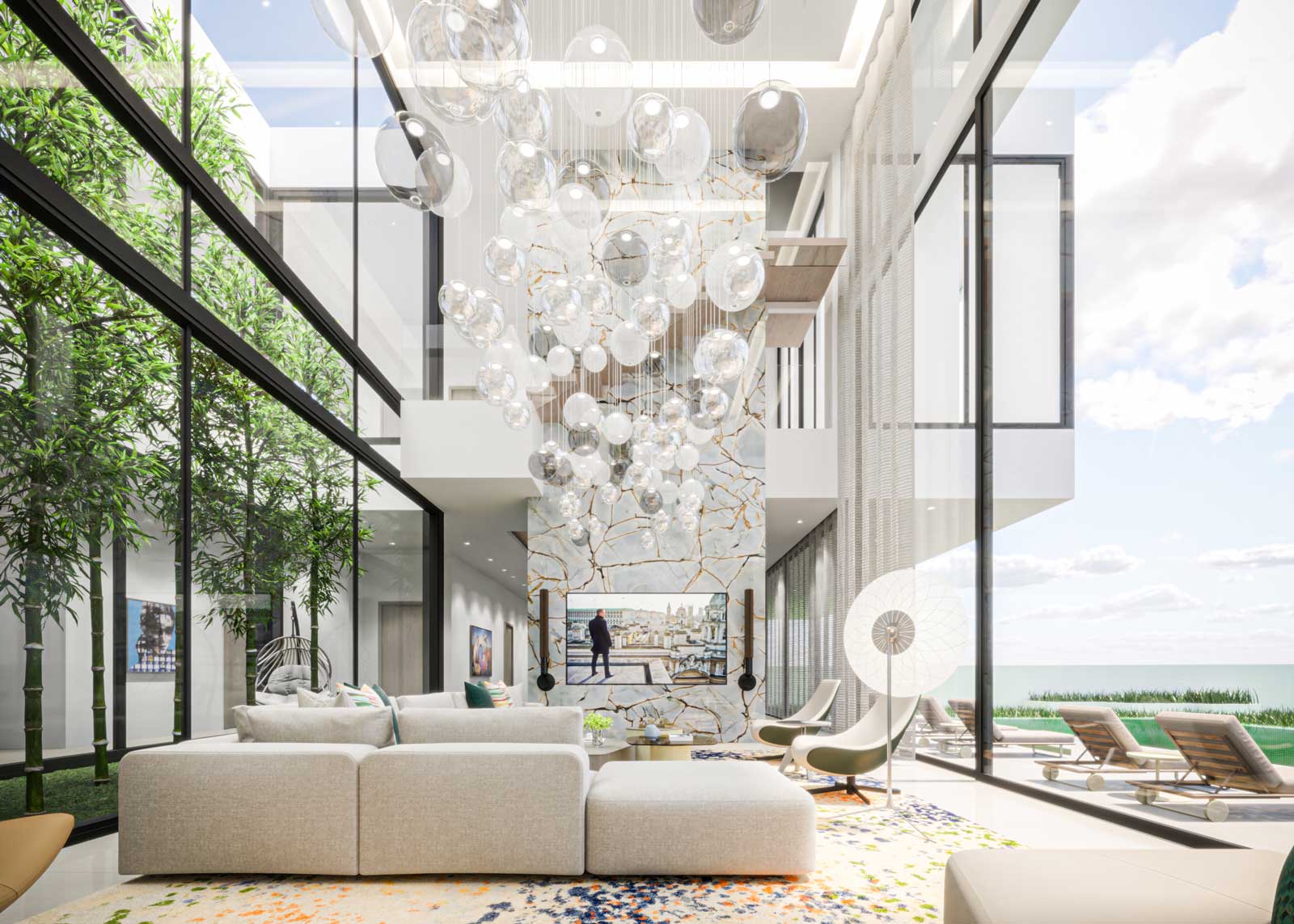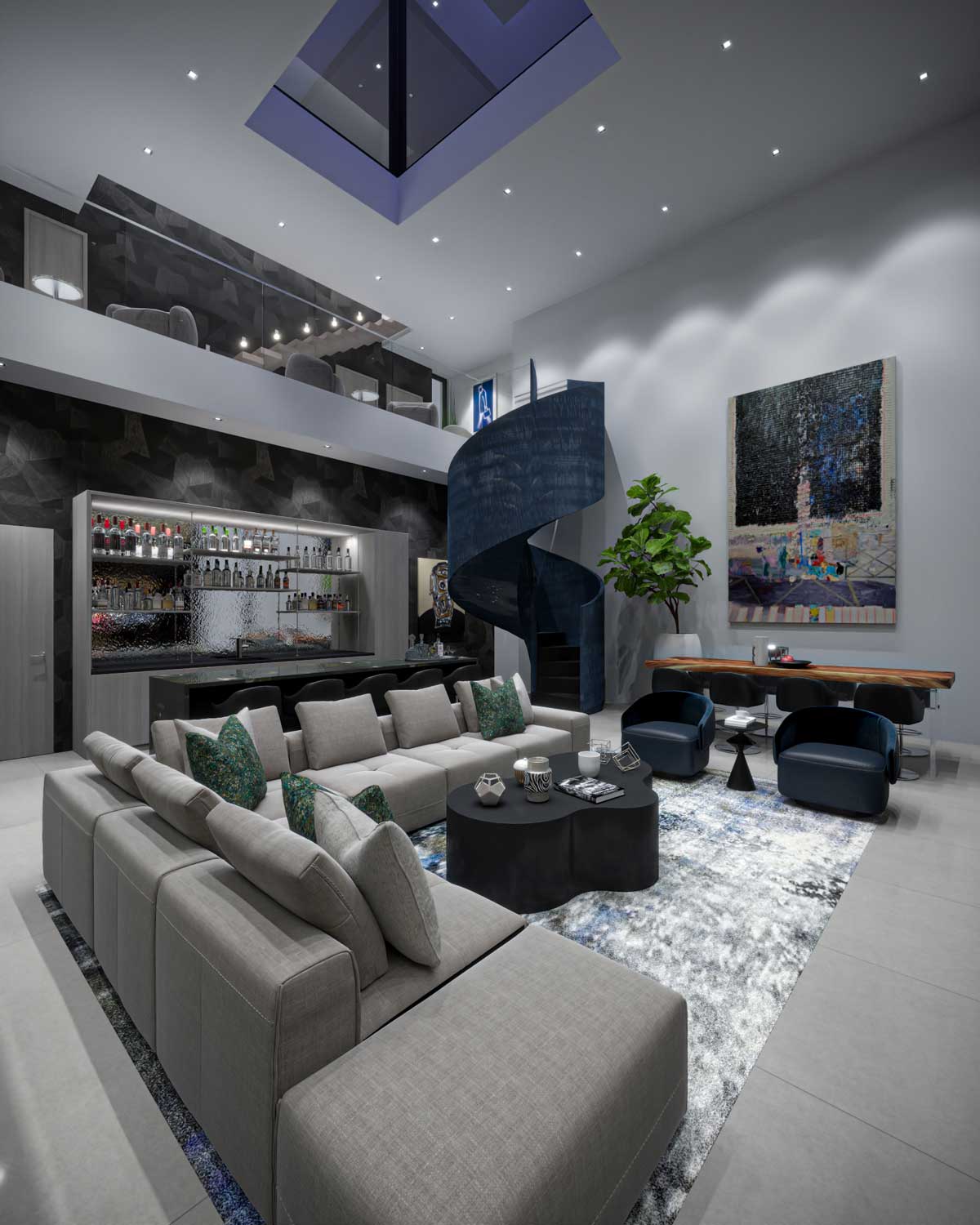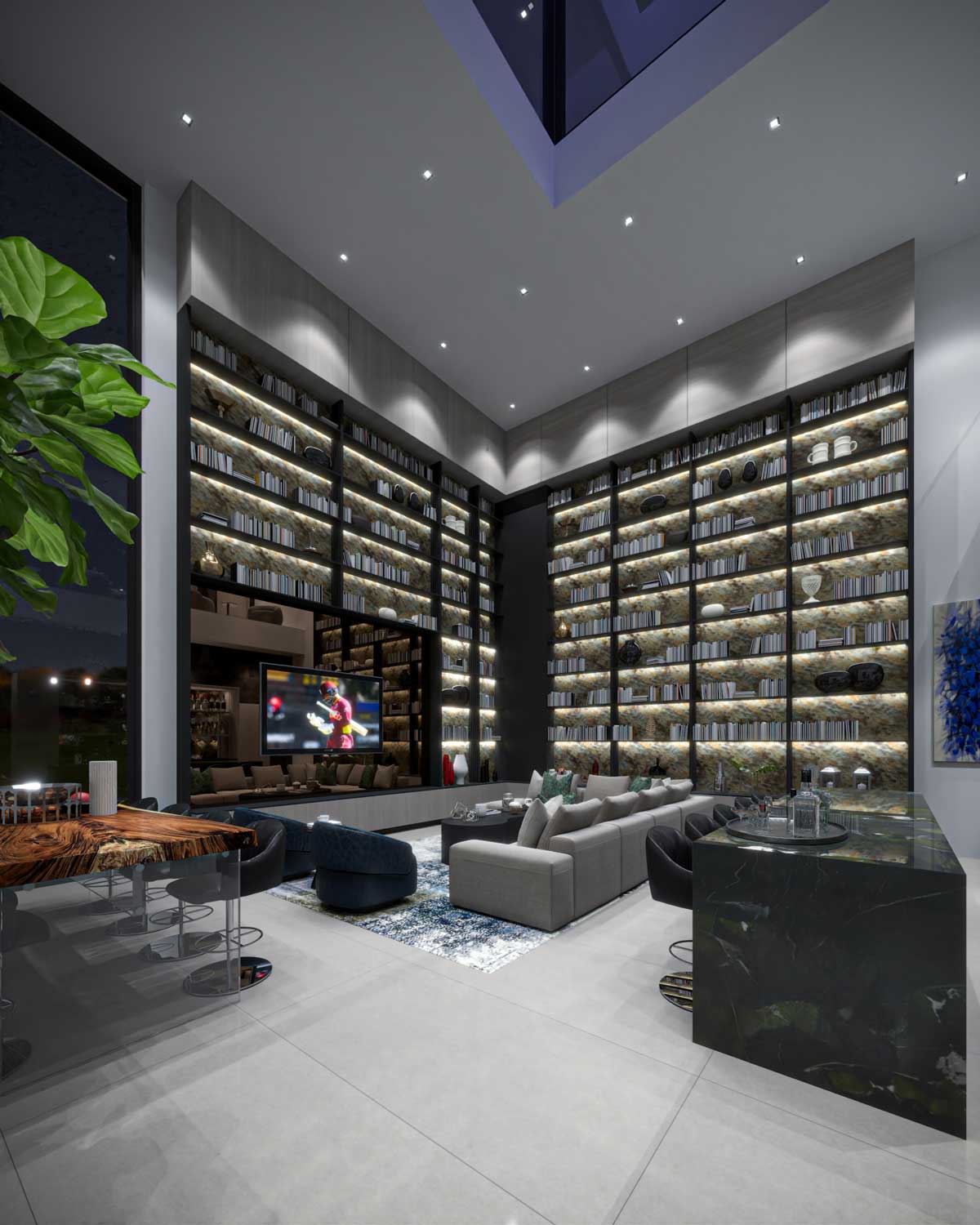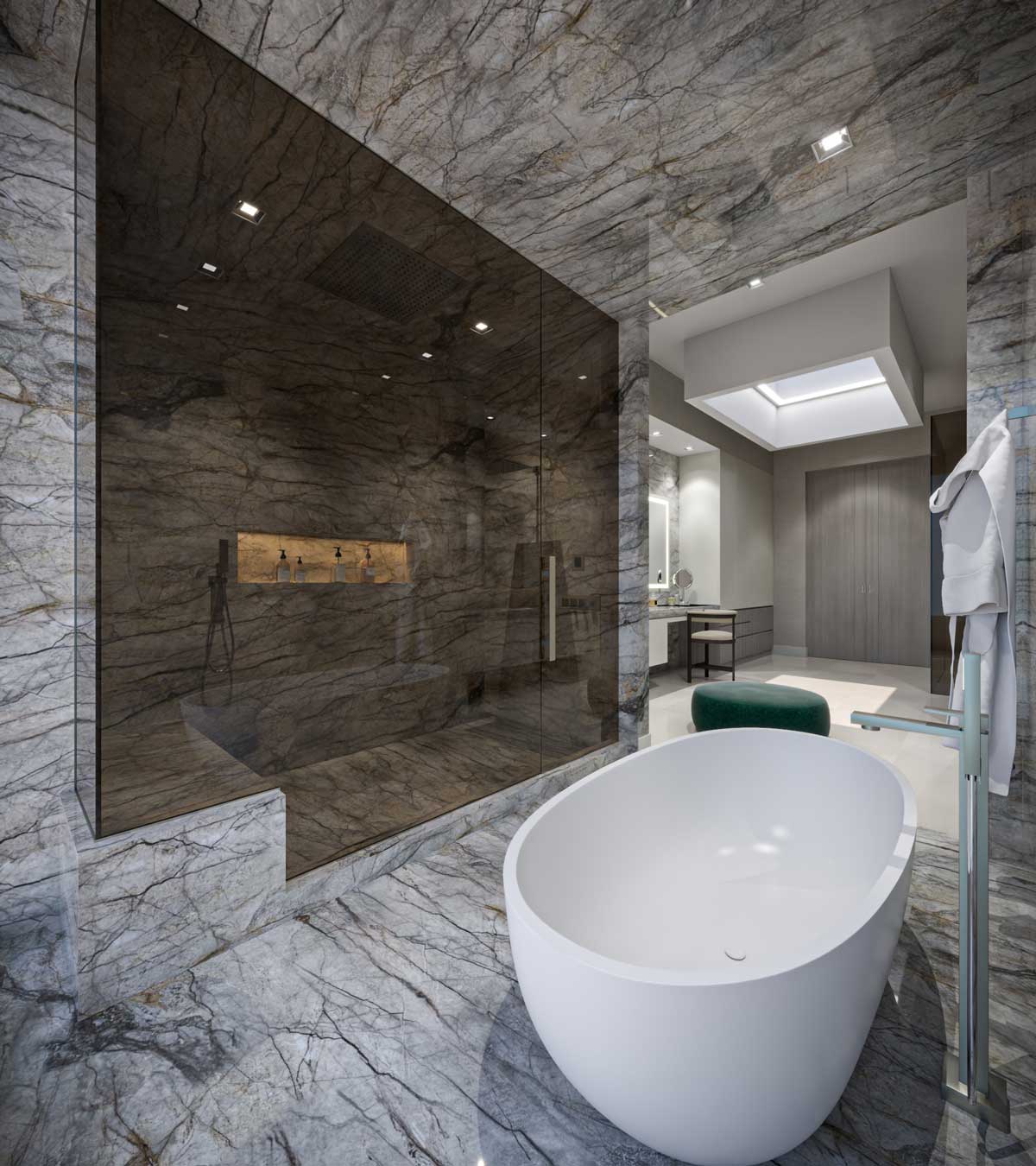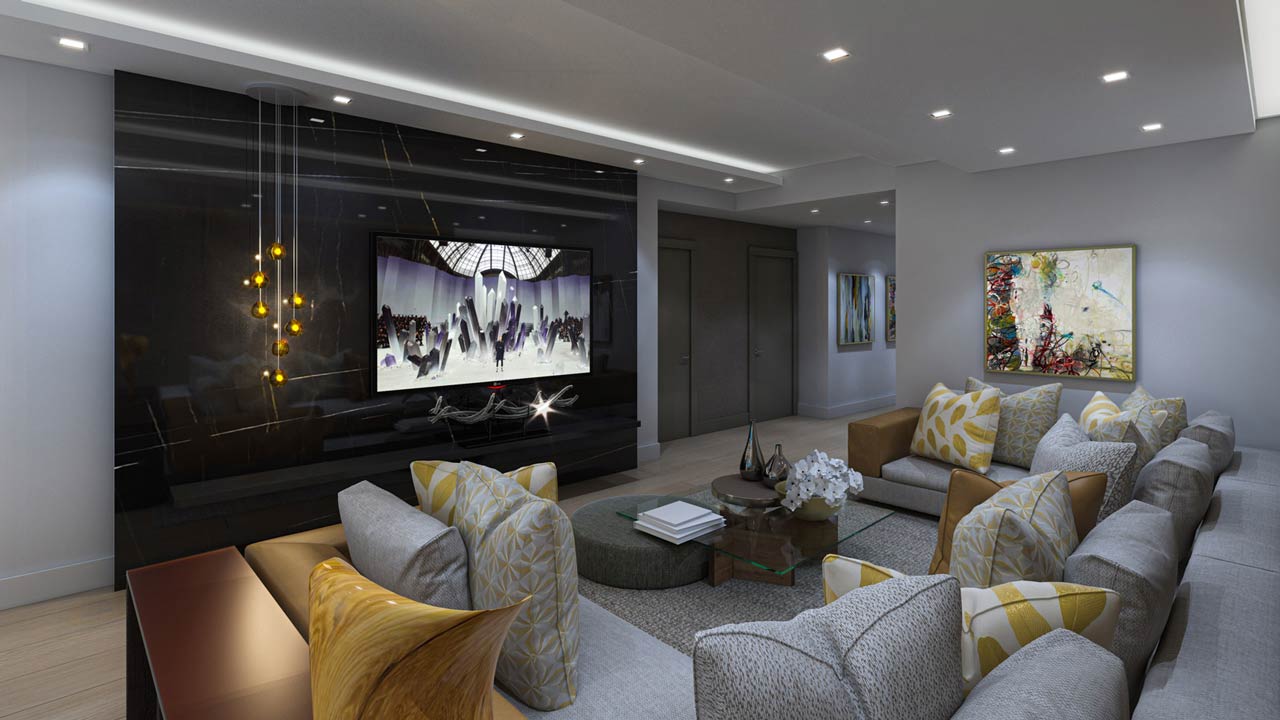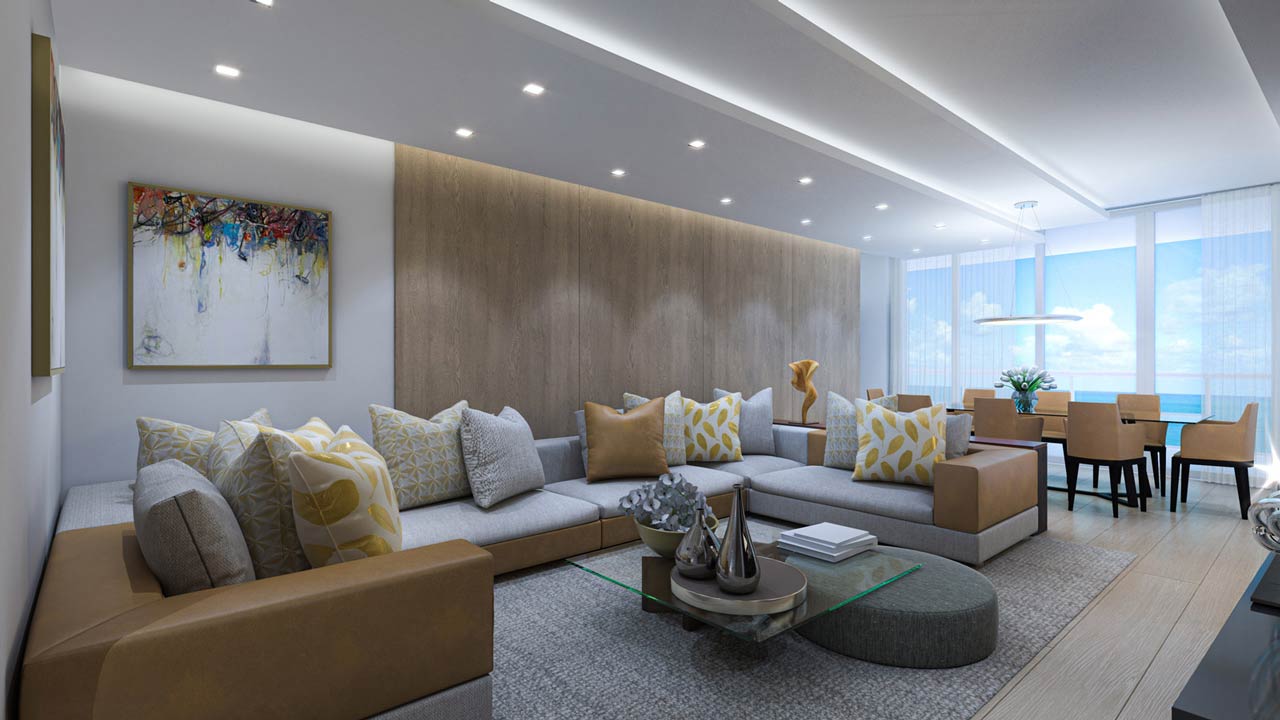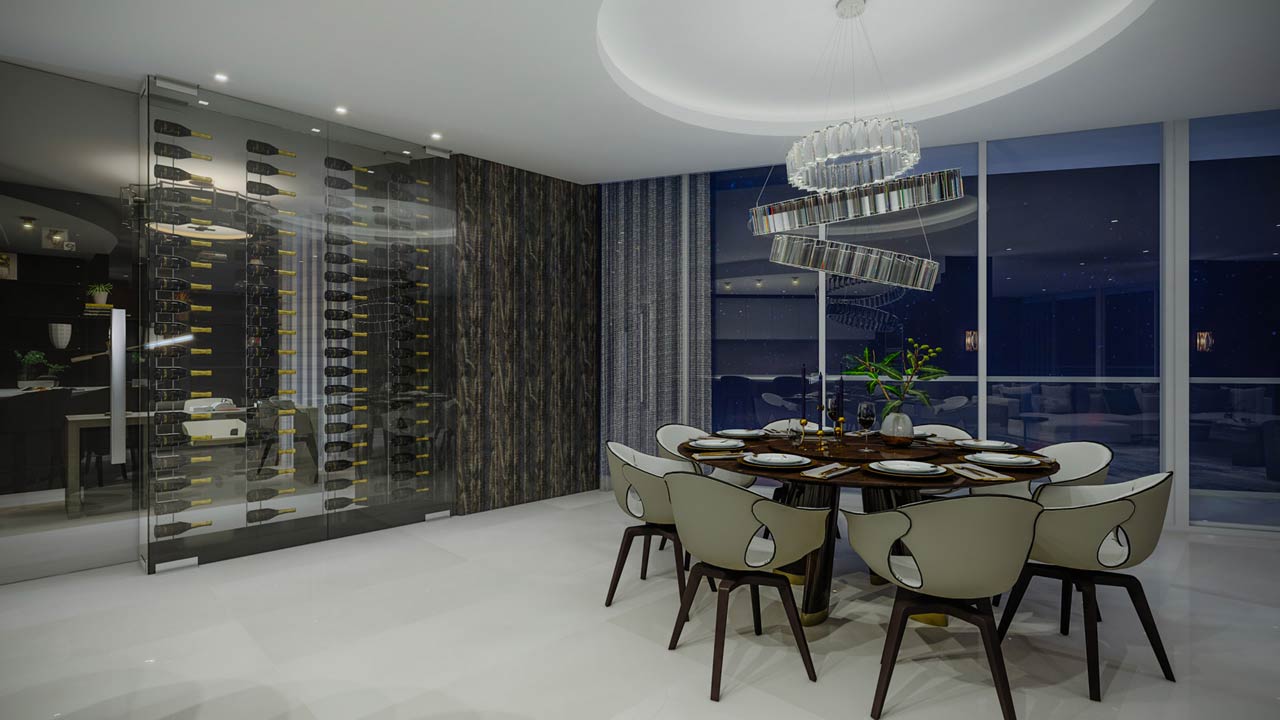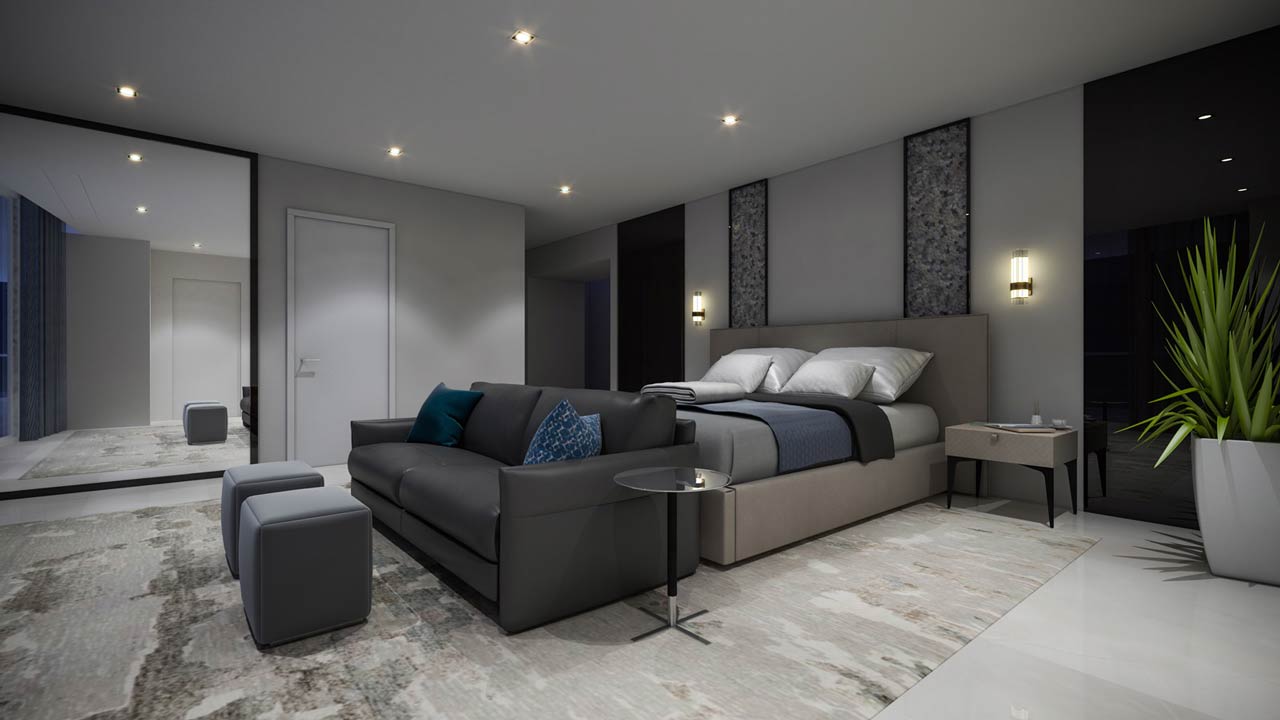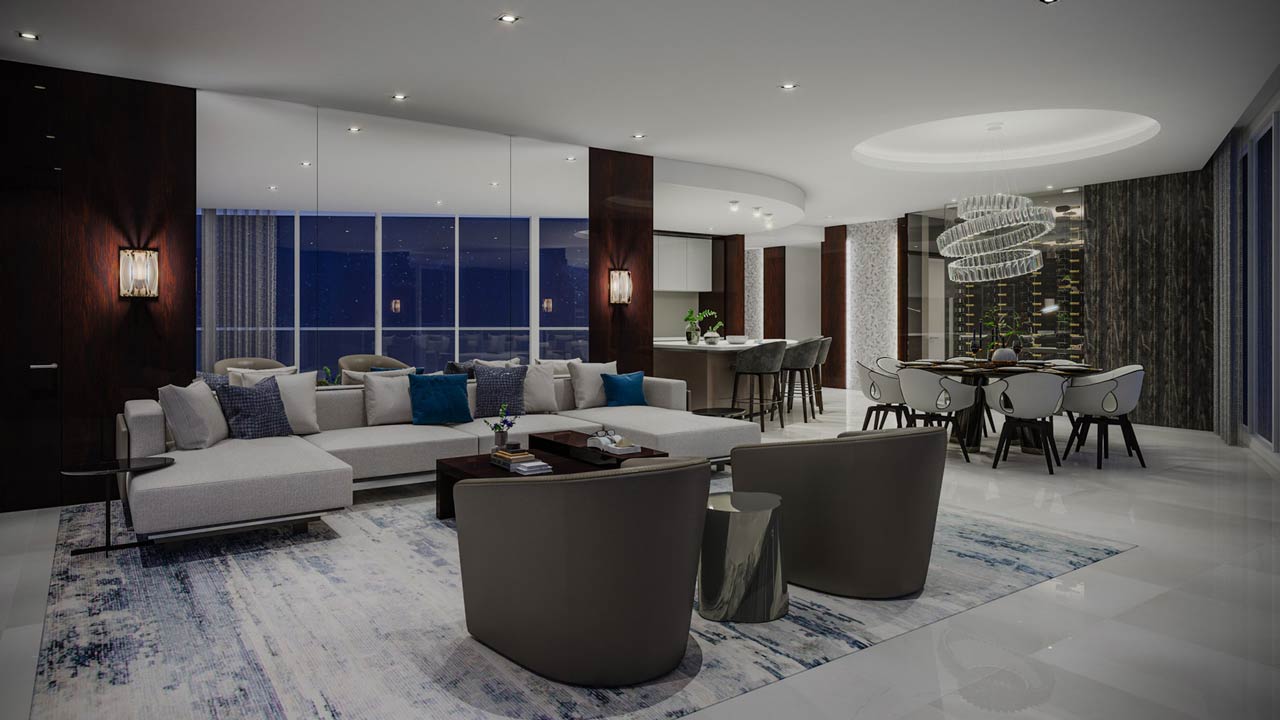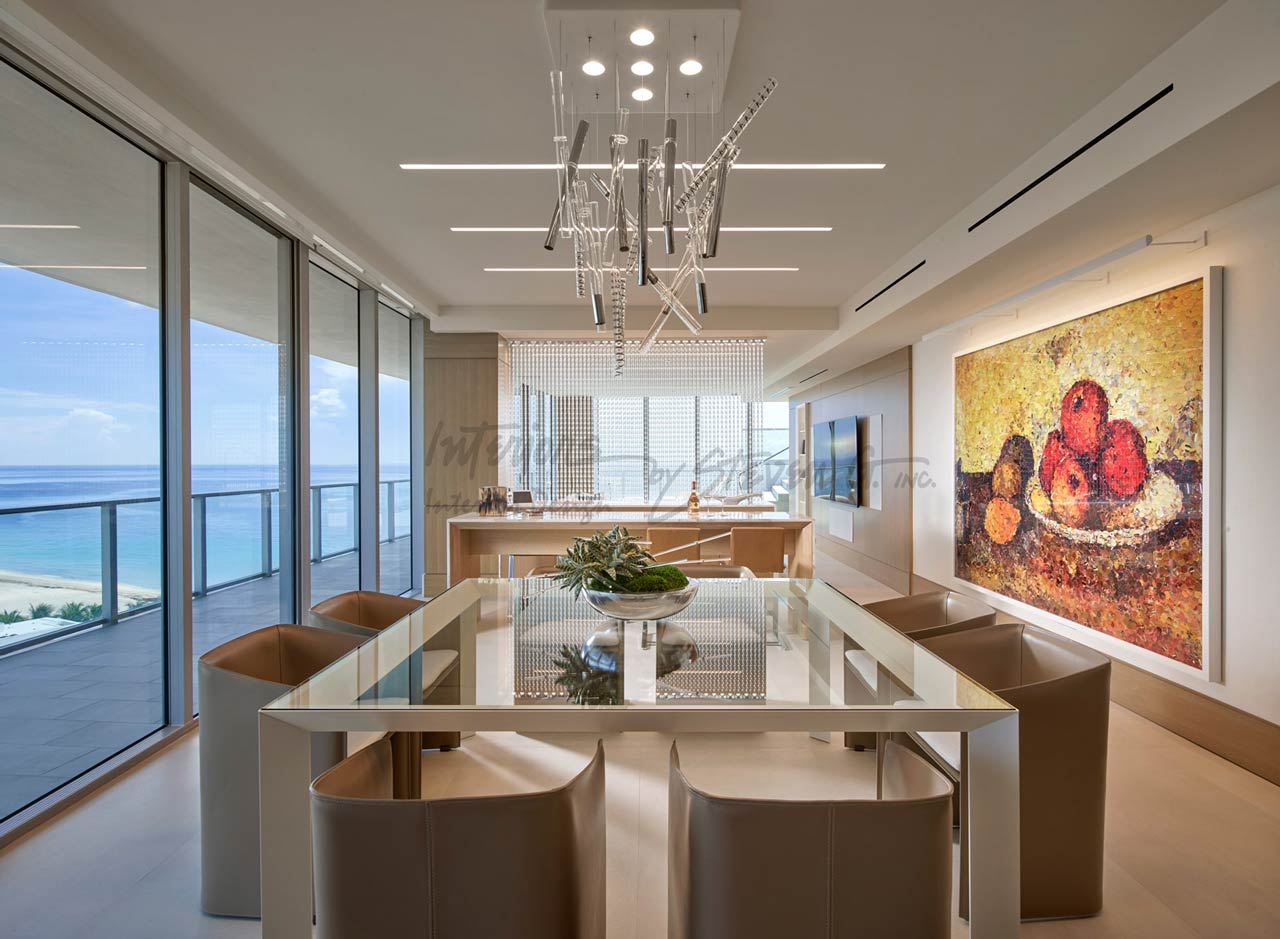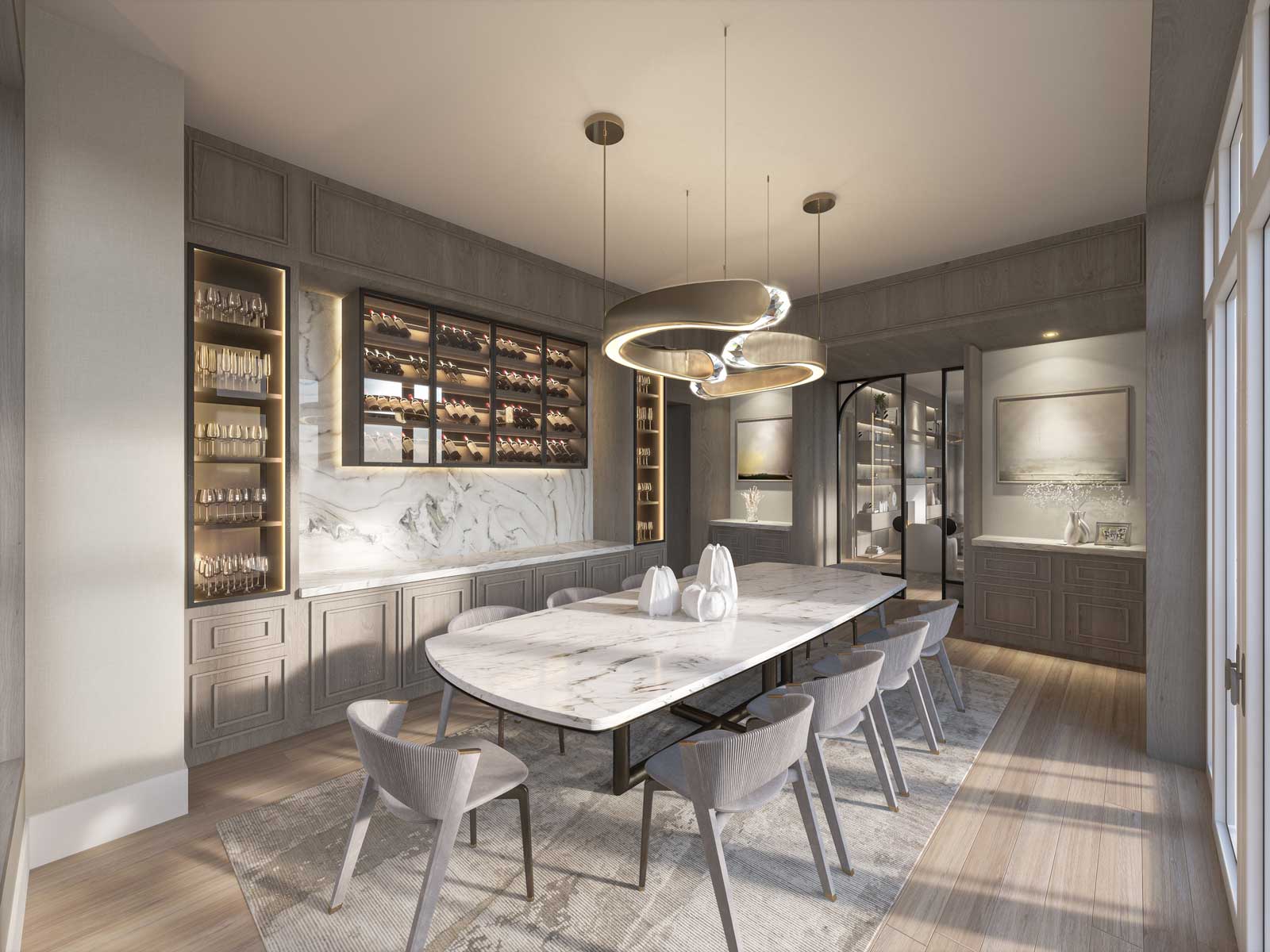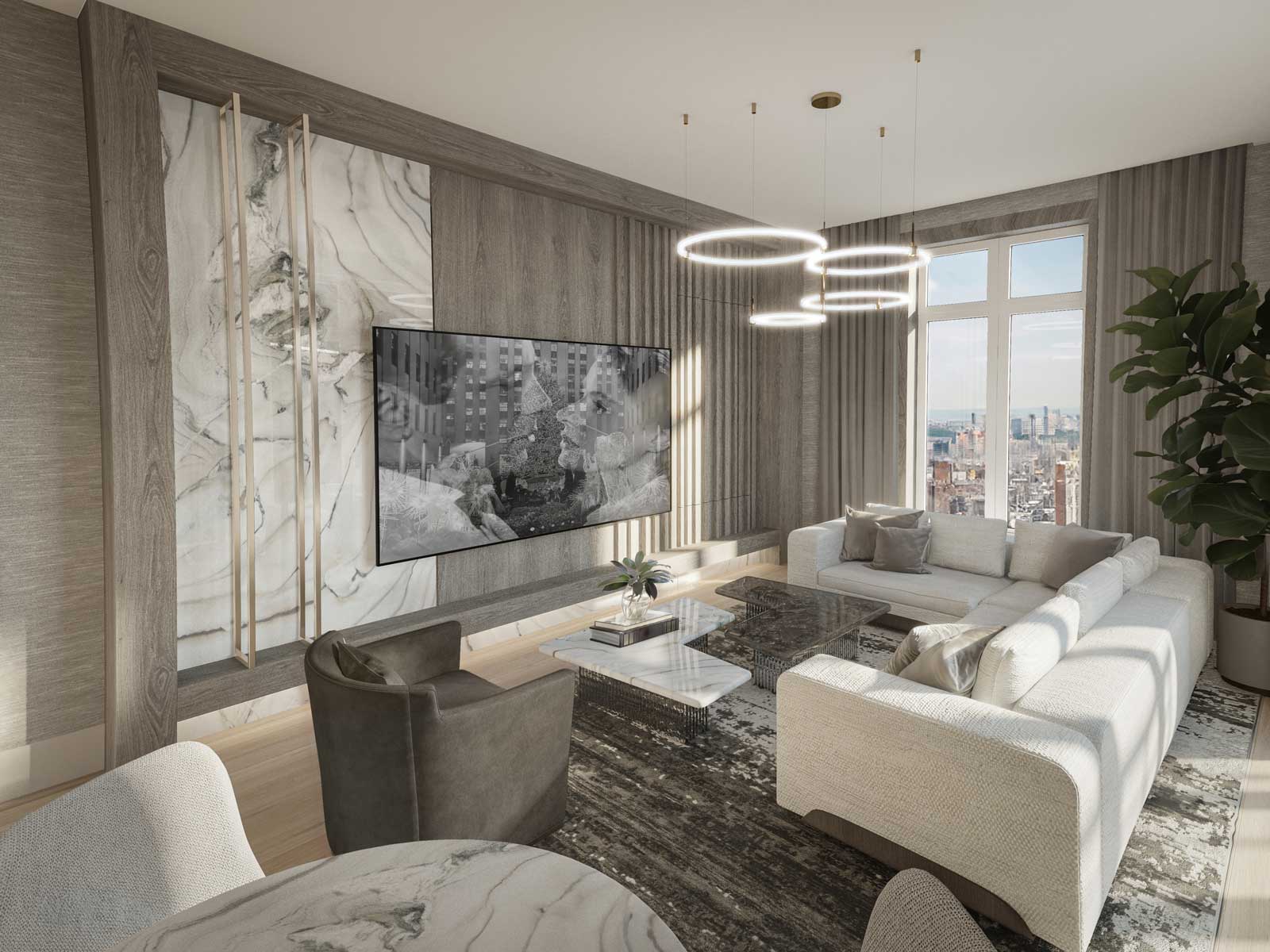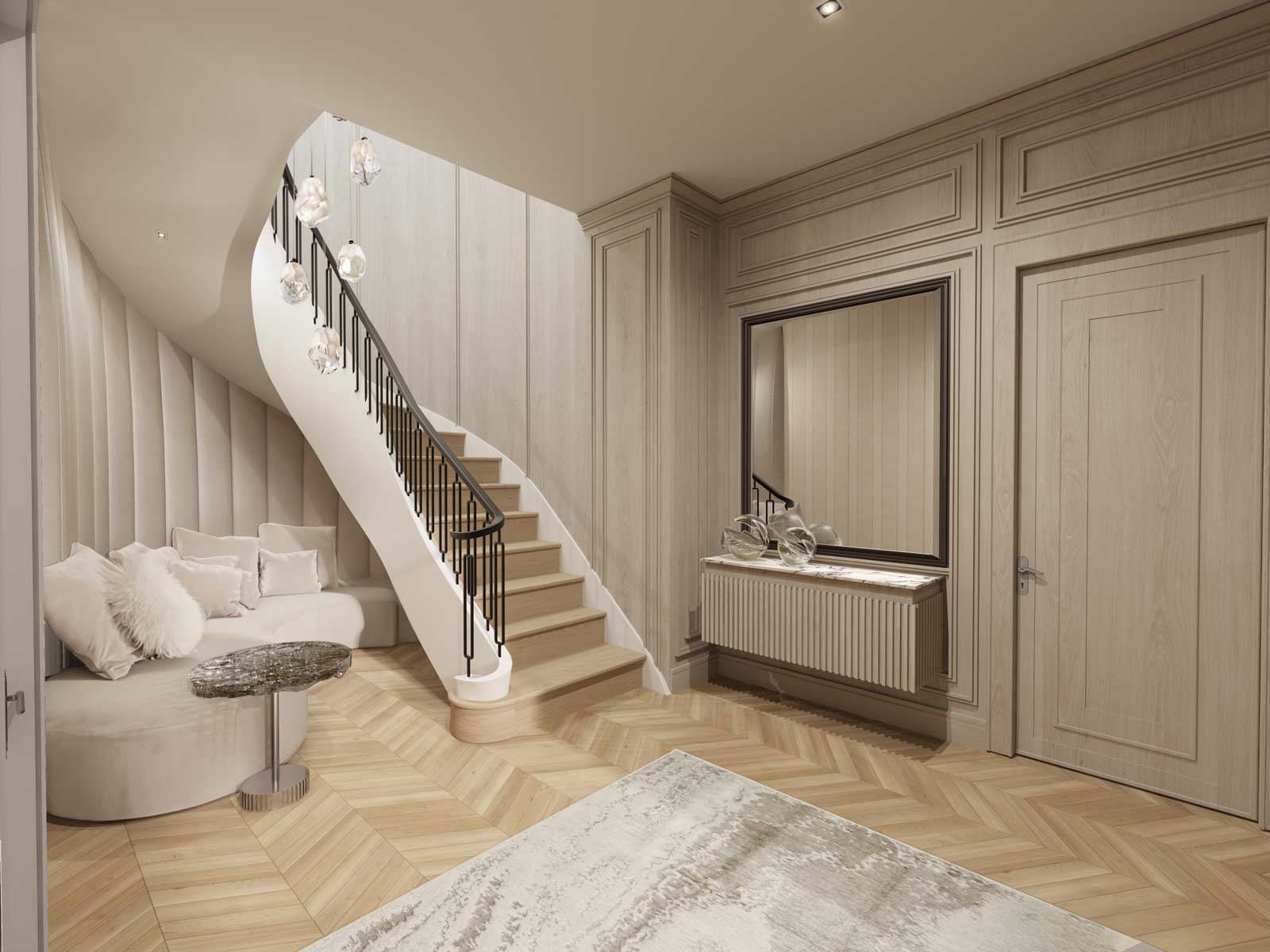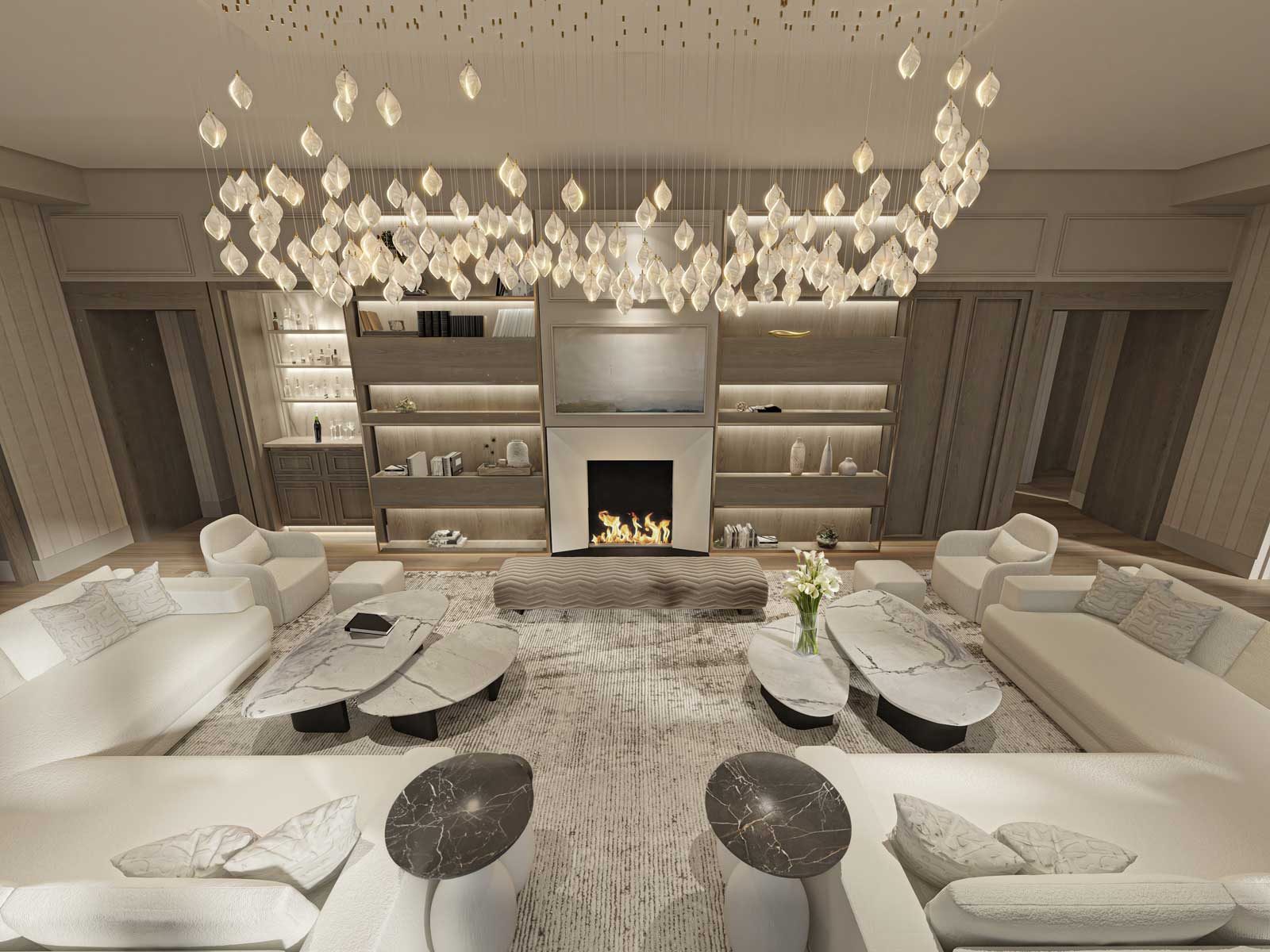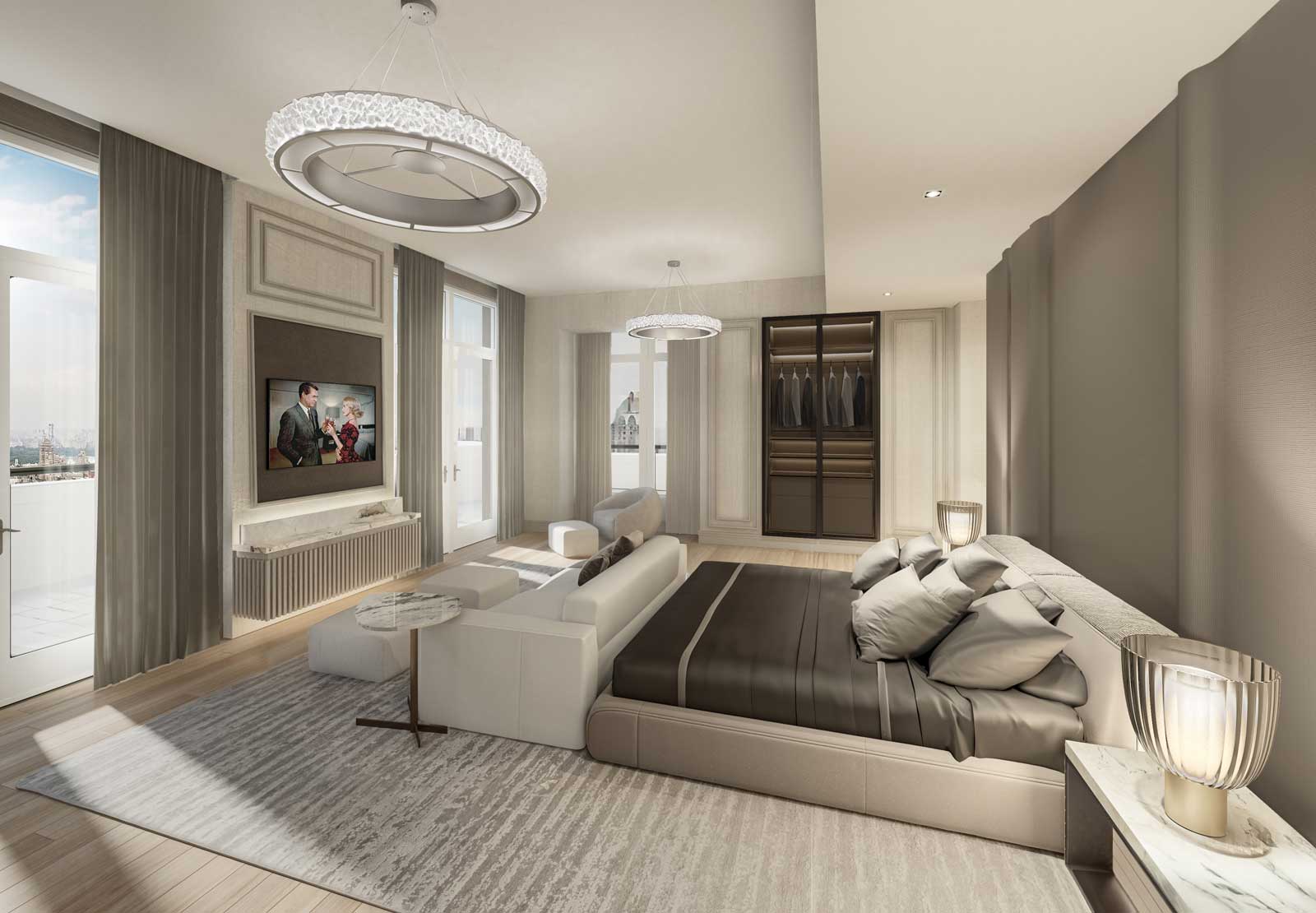Premium interior design is always a result of myriad influences and sources of inspiration. In my own work, I’ve always drawn on history.
You can do the same. If you try to copy a period’s look wholesale, it will come across as an imitation. The trick is to get familiar with a broad range of historical periods known for fabulous high end interior design and to pick, choose, and combine your favorite parts to come up with something new.
Here are four to start with…
1. 17TH CENTURY FRANCE
The French have always had a flair for style. Nowhere is this better reflected than in their high end interior design.
Romance is an important part of this era. Typical of French style is ornate designs using intricate patterns from talented craftsmen. Think of Baroque ornamentation in ceiling and mirror molding applications. Colors are subdued to reflect a conservative setting.
Typical are light interiors dominated by white, cream, light grays, light blues greens, and pink. As the French would spare no expense in their furnishings, we also see large “French” doors, high ceilings, and ornate pattern work, expensive tapestries, and elegant fabrics. The high end interior design style from this period in French history is extravagant in the best possible way.
Your eyes are immediately drawn to the importance of the fireplace, mahogany doors, limestone and lavender touches equally share in deign and incorporates the elegance of the other furnishings. Today, by incorporating elements of this style with modern furnishings, you can do amazing things.
2. THE ROARING 20’S
The Roaring 20’s, also known as The Jazz Age, was the period in American history; beginning shortly after the end of WWI and lasting until the beginning of the Depression.
This era is reflective of good times, increased prosperity, and brand new high end interior design trends. The recent movie version of The Great Gatsby captures the essence of interior design that was typical of this age.
What is called the Contemporary style of high end interior started in the Jazz Age, both in its streamlined elegance and use of new materials like linoleum.
Some of the elements I like best from this era are the colors of the time, such as the striking highlighting use of black, white and gold in combination with pastels like pink, purple and light yellow. I also love the use of glass and mirrors to reflect lighting, provides a hypnotic effect.
One of the most enduring interior design legacies of the Jazz Age is the Art Deco style. As Miami interior designers, we’re fortunate to be near the Art Deco capital of the world—South Beach.
If you want to get some really great ideas from this era, then South Beach is the place to go. You can even take a guided tour and spend walking around South Beach and read the many books that have been written about this vibrant area to get some ideas. Art Deco style hotels welcome visitors inside their lobbies.
You’ll encounter terrazzo floors and neon signs—chic, eclectic, vibrant and airy interiors with tropical flare that is reminiscence of our proximity to the ocean. Light color pallets on walls and stones flooring are are favorite choices. I’m thankful that this historic part of Miami interior design has been preserved for us to admire and to learn from.
Here are a few ways you can start incorporating Jazz Age interior design into your home:
Try linoleum flooring. A black and white checkerboard pattern would be a good start. Classic furniture typical of the time can be found in thrift stores for a good price or at your local antique stores. Use plenty of mirrors and chrome to get that extra edge.
3. MID CENTURY MODERN
I really enjoy the mid-twentieth century interior design style. It’s a modern look with streamlined looks and organic shapes. Scandinavian furniture is a favorite trend of this era and influenced the American way of design thinking for years to come.
The style gives everything an open, airy feeling. It’s a fresh look that is soothing and comfortable. Visitors to homes from this era are always impressed by people who can maximize the look of this era with carefully placed fixtures such as lighting, and clever use of decorations such as animal skin carpeting.
This era shows that you can do a lot of design with just a little input. Exotic woods such as teak and mahogany are incorporated in all aspects of the furniture and in wall units.
Truly this is a classic look that remains very popular to this day.
4. 21ST CENTURY NEW YORK
There are fantastic things happening in design right this minute. And just as in so many other things, when it comes to interior design New York City is making it happen.
When I think of New York, the first thing that comes to my mind is a place that is historic, iconic, timeless, diverse, artistic, evolving, always fashionable and a relevant cultural capital of the world. In one place, we find classical, avant-garde, eclectic architecture and design style that combines vintage and modern elements.
And that New York is prime real estate, they tend to be masters at maximizing every single inch of a space.
Here are some elements of New York interior design you might be able to borrow:
Spectacular views of the City are enhanced by the use of large glass windows that give an open airy space providing a feel that more space actually exists. As a nerve center to the arts, interiors reflect an artsy, intimate surrounding that tune out the hustle and bustle of the big city.
Hardwood floors, counter stones like marble, granite and onyx, brick , and concrete walls expose the building structures’ popular design elements. Neutral palettes accessorized with vibrant colors on the walls can make artwork stand out but not so much that would take away from the spectacular views of the City.
By looking beyond your on era for inspiration, there’s a great chance you’ll end up with a home that you’ll be thrilled with for many years into the future.





